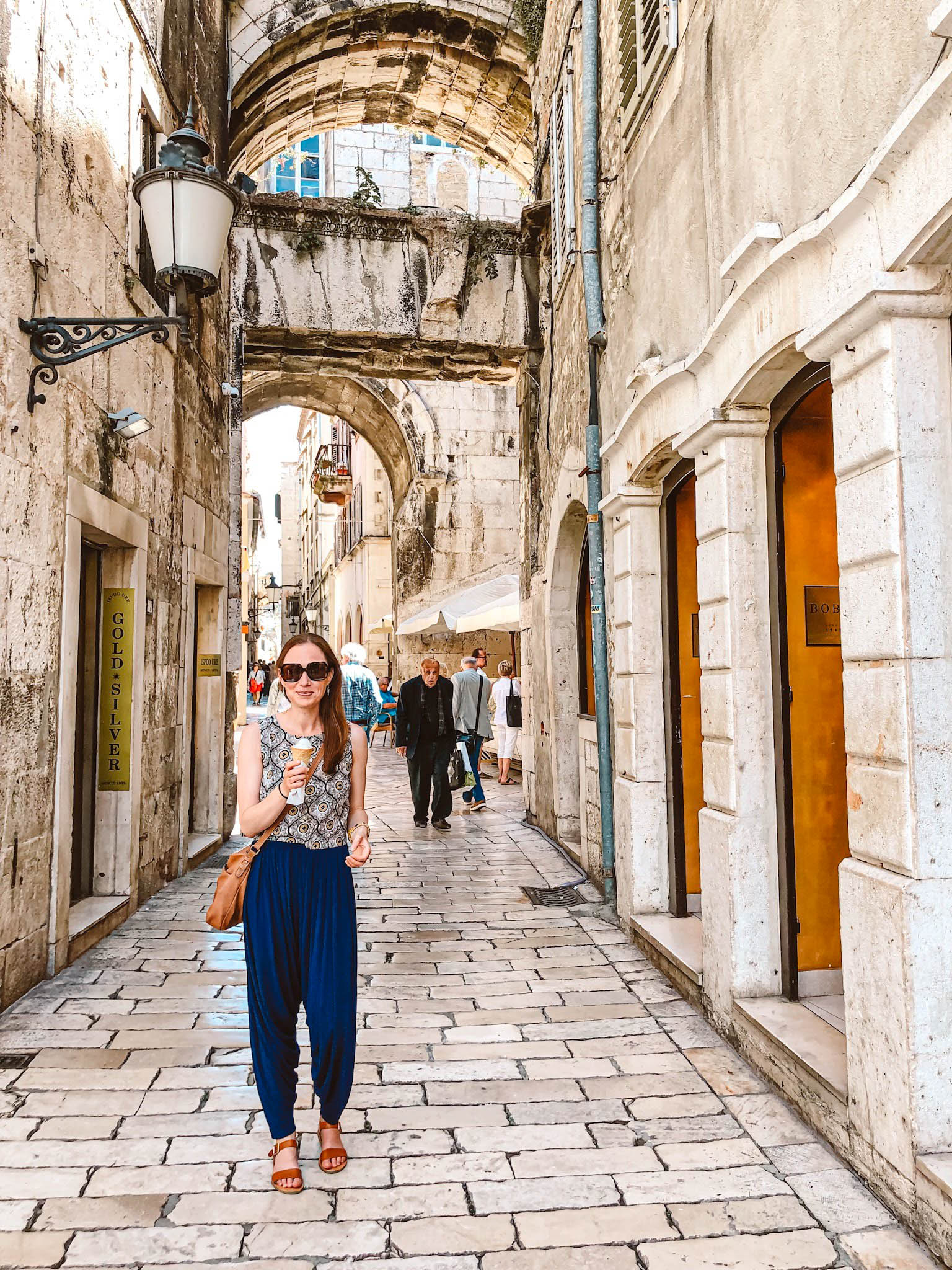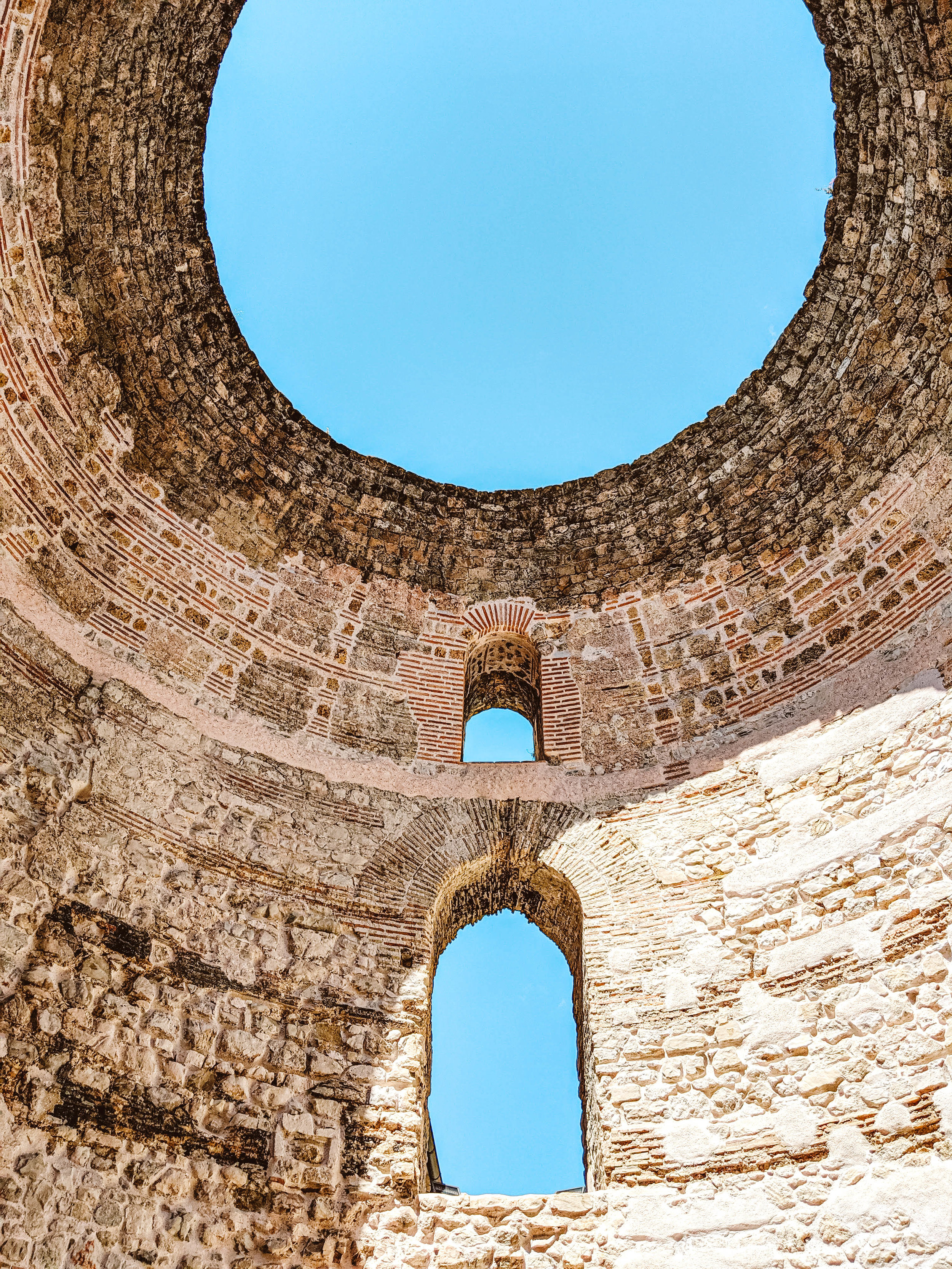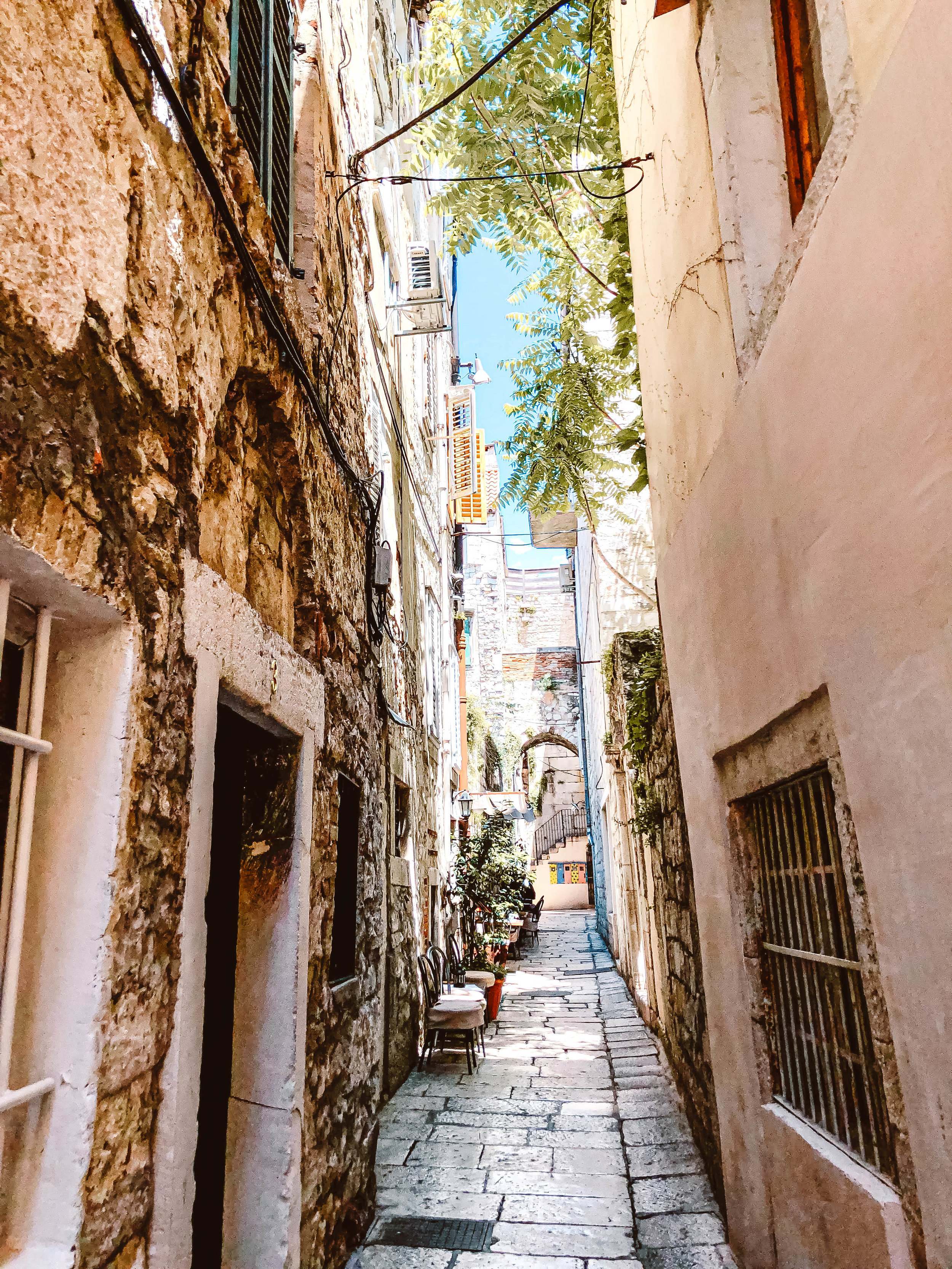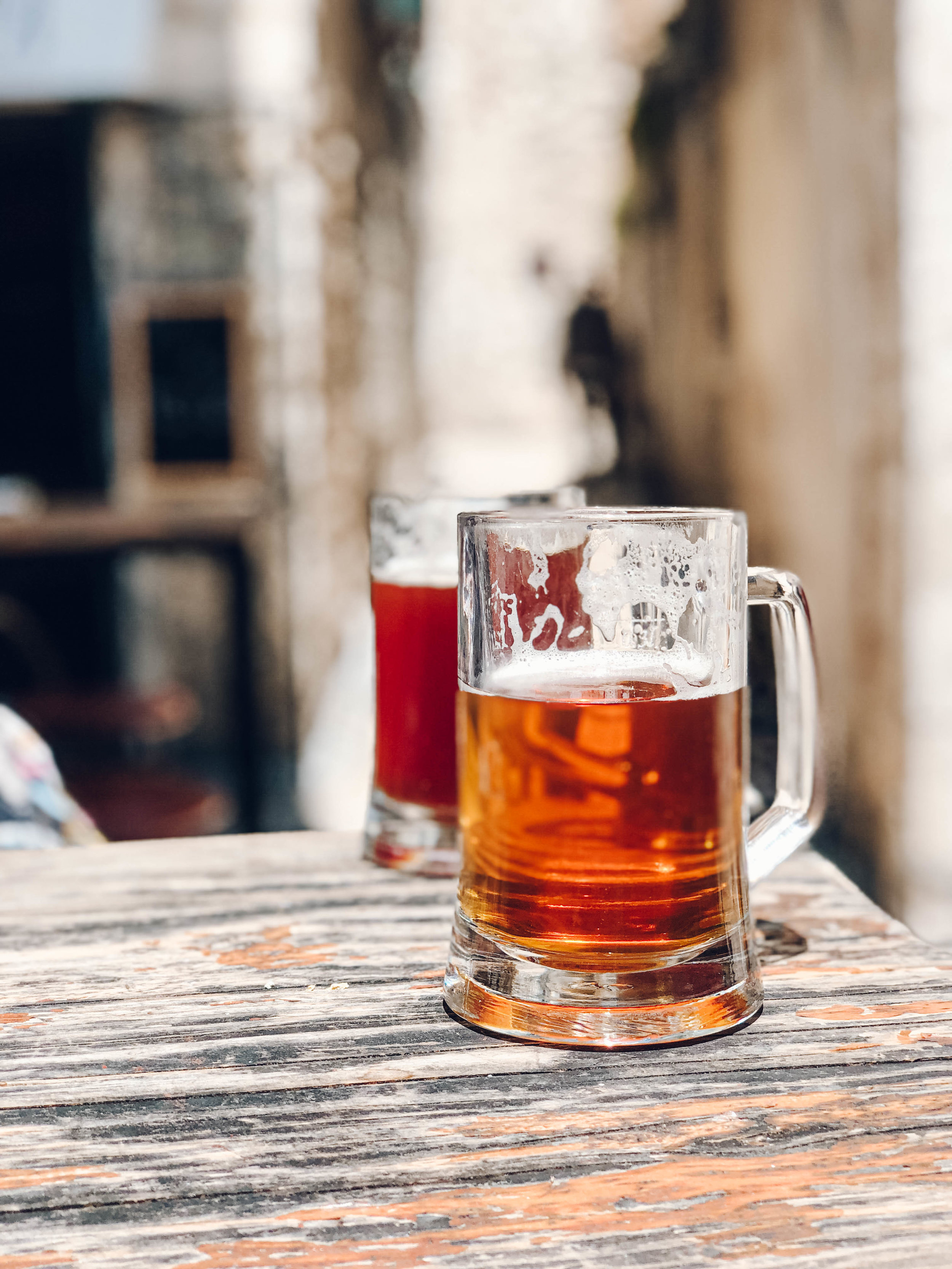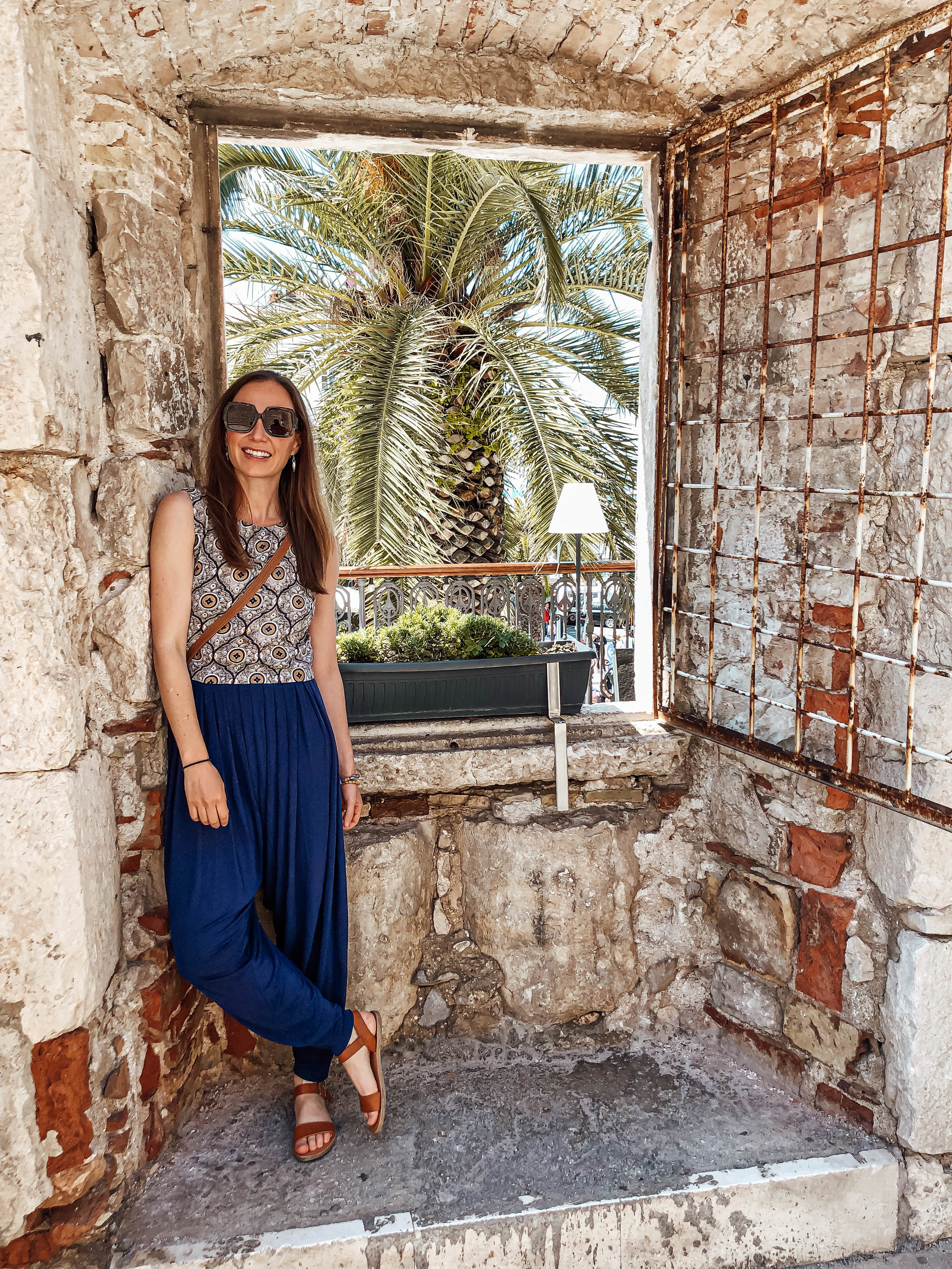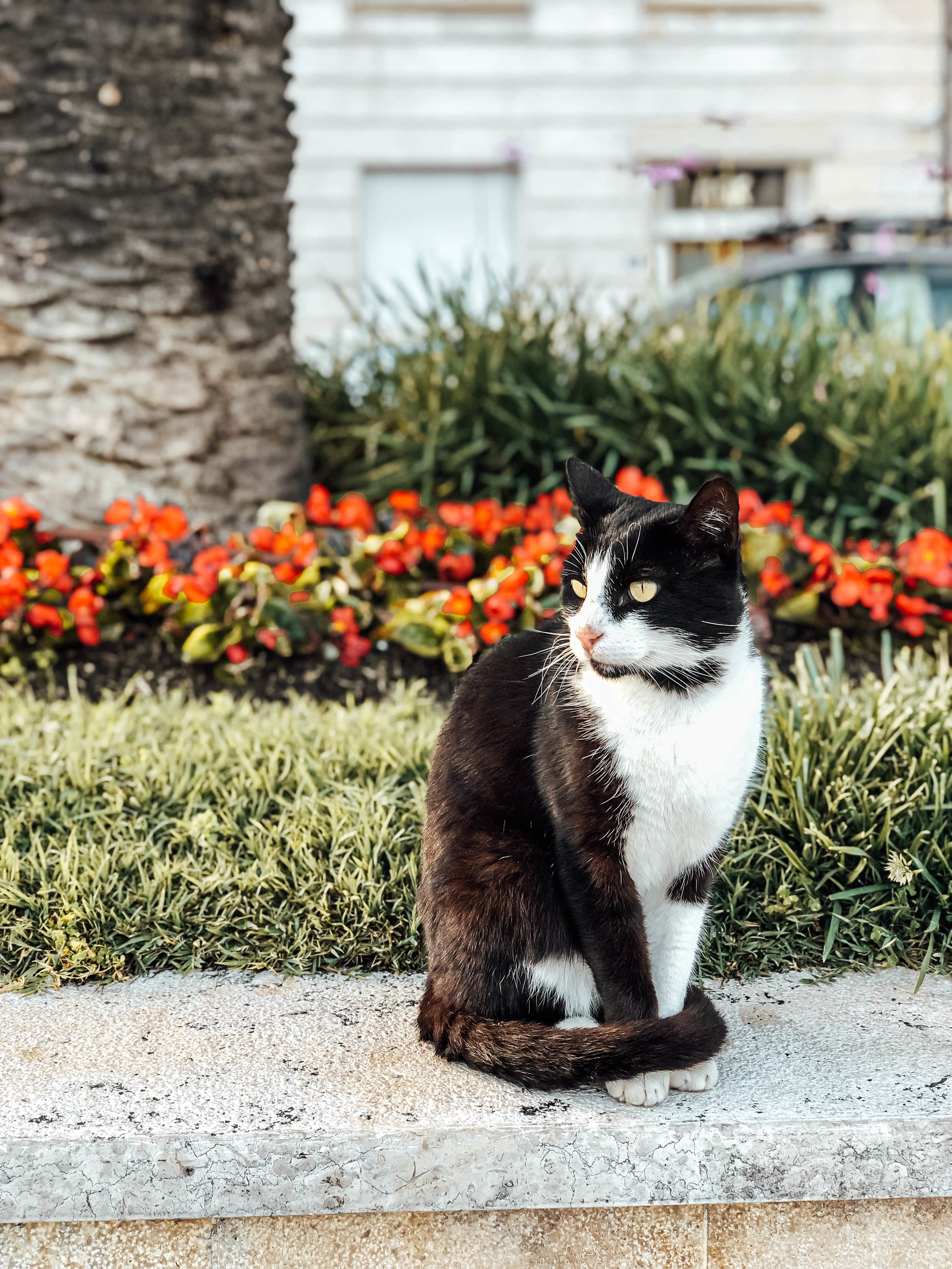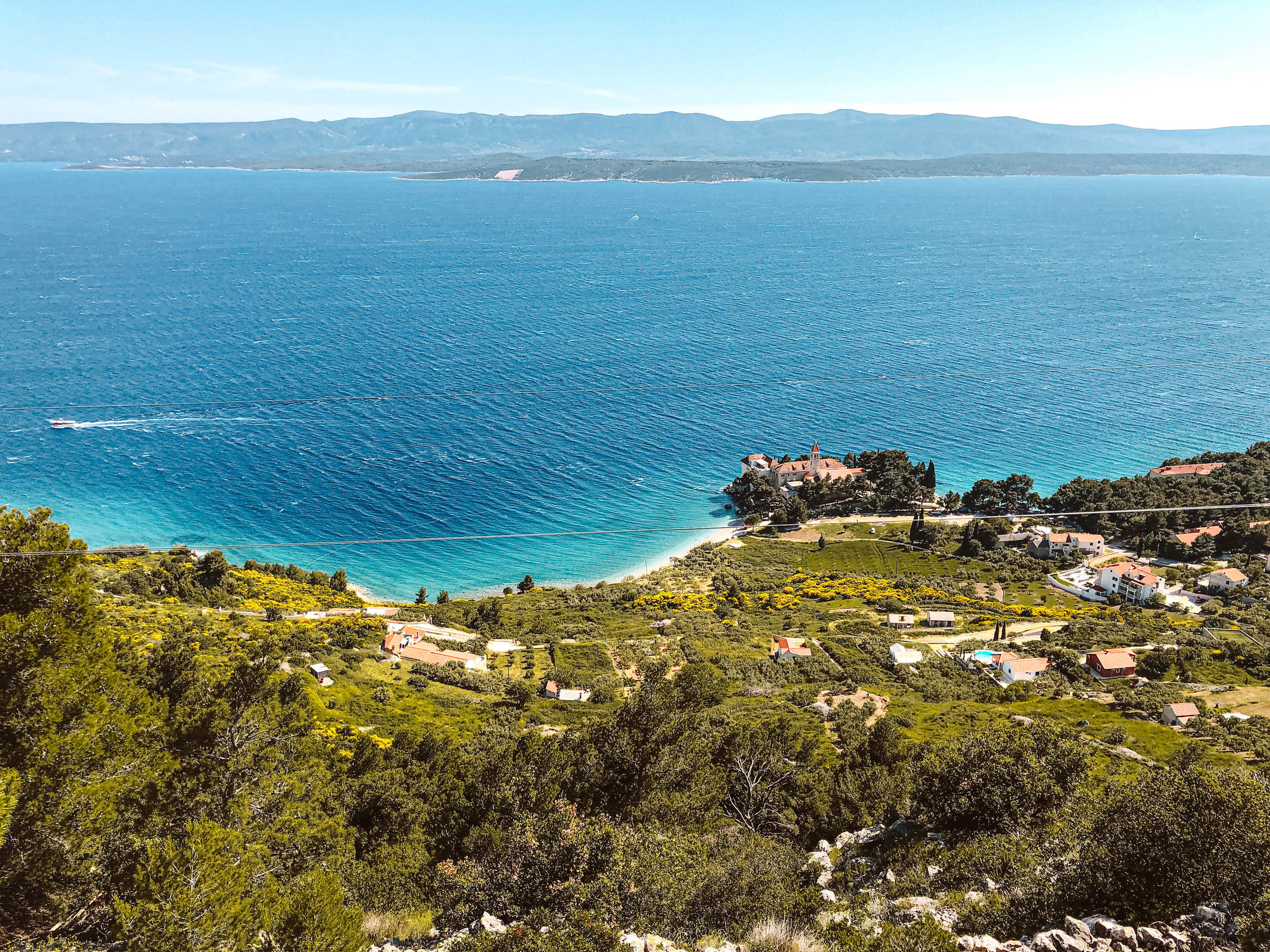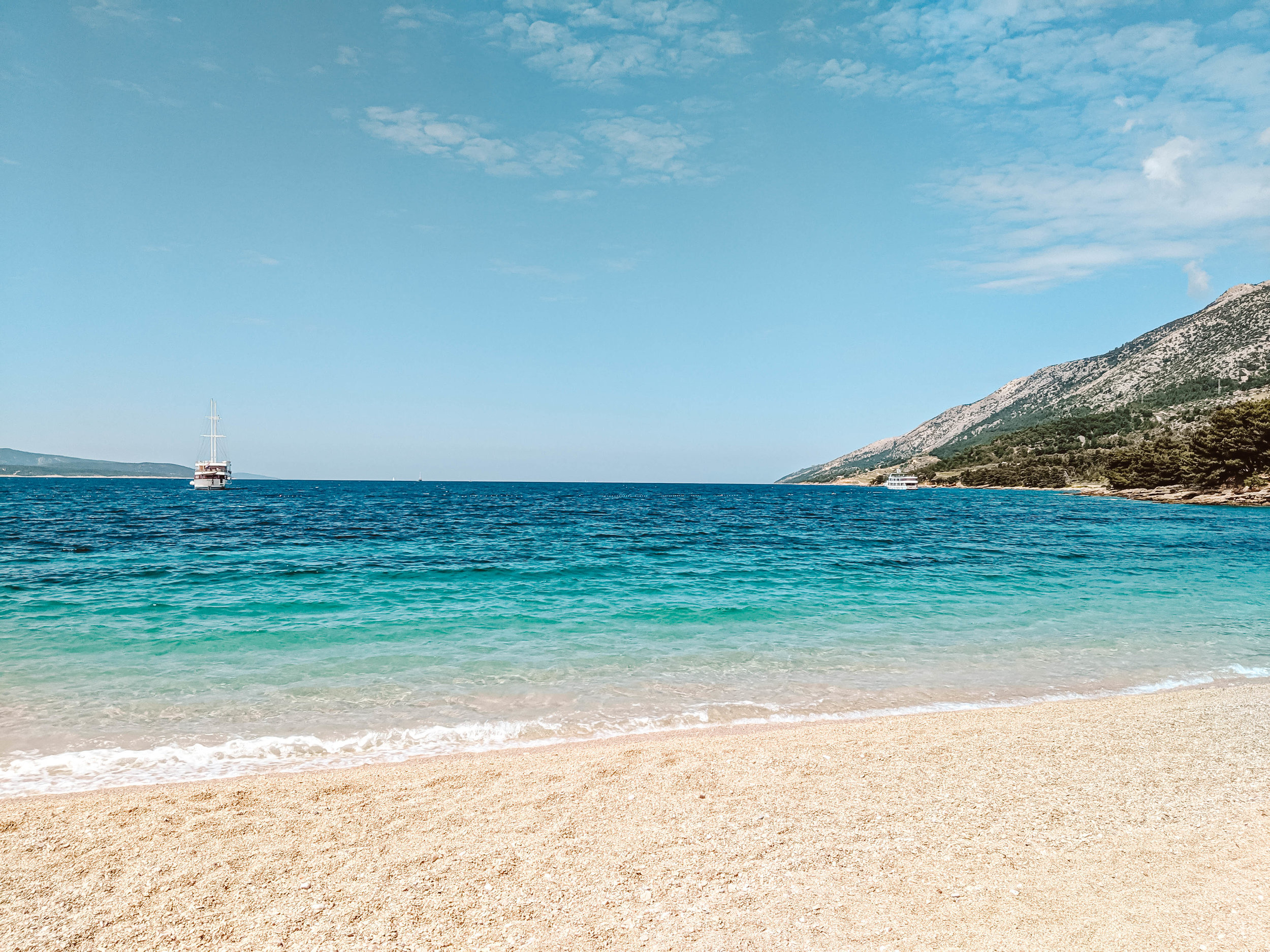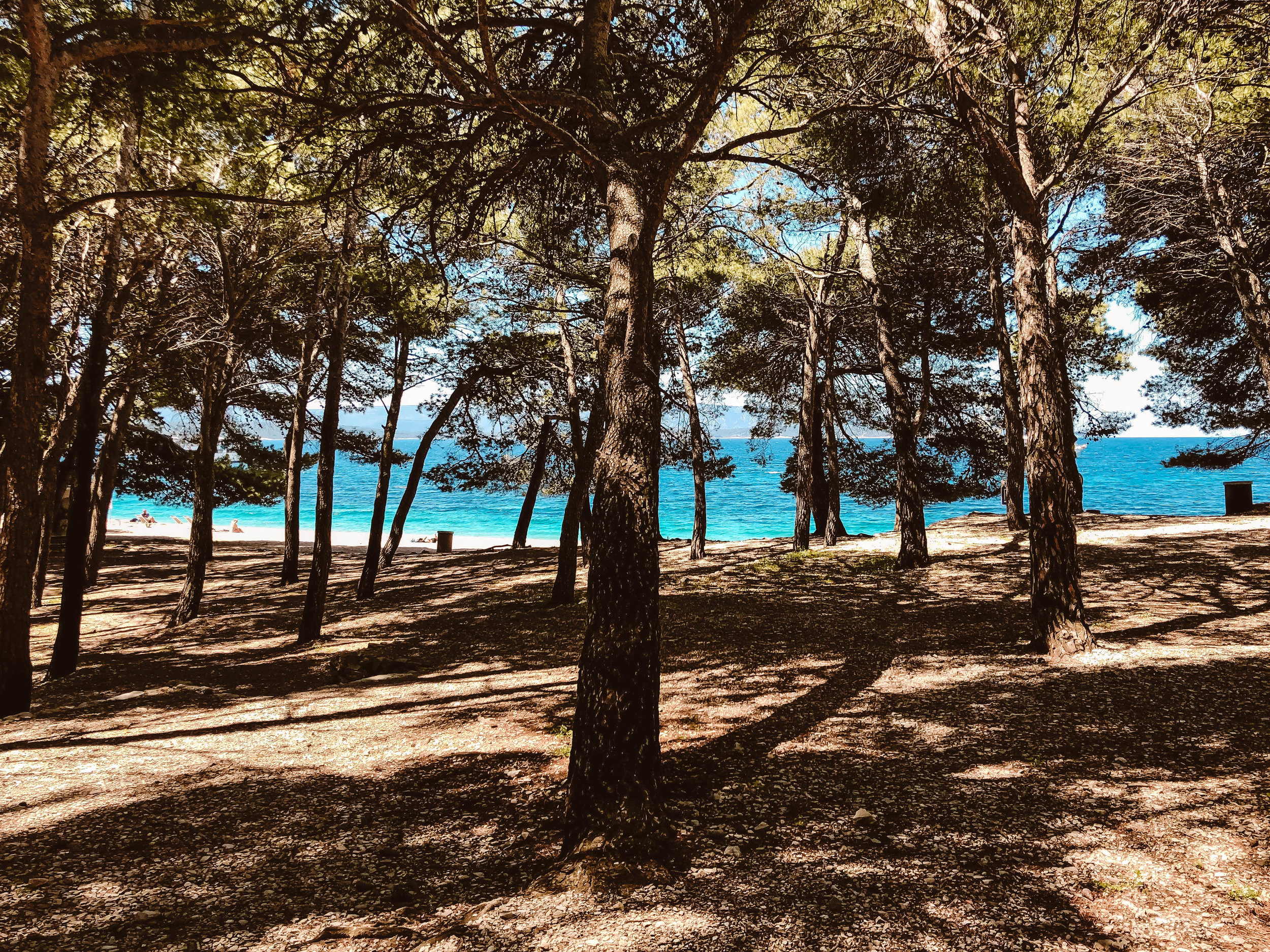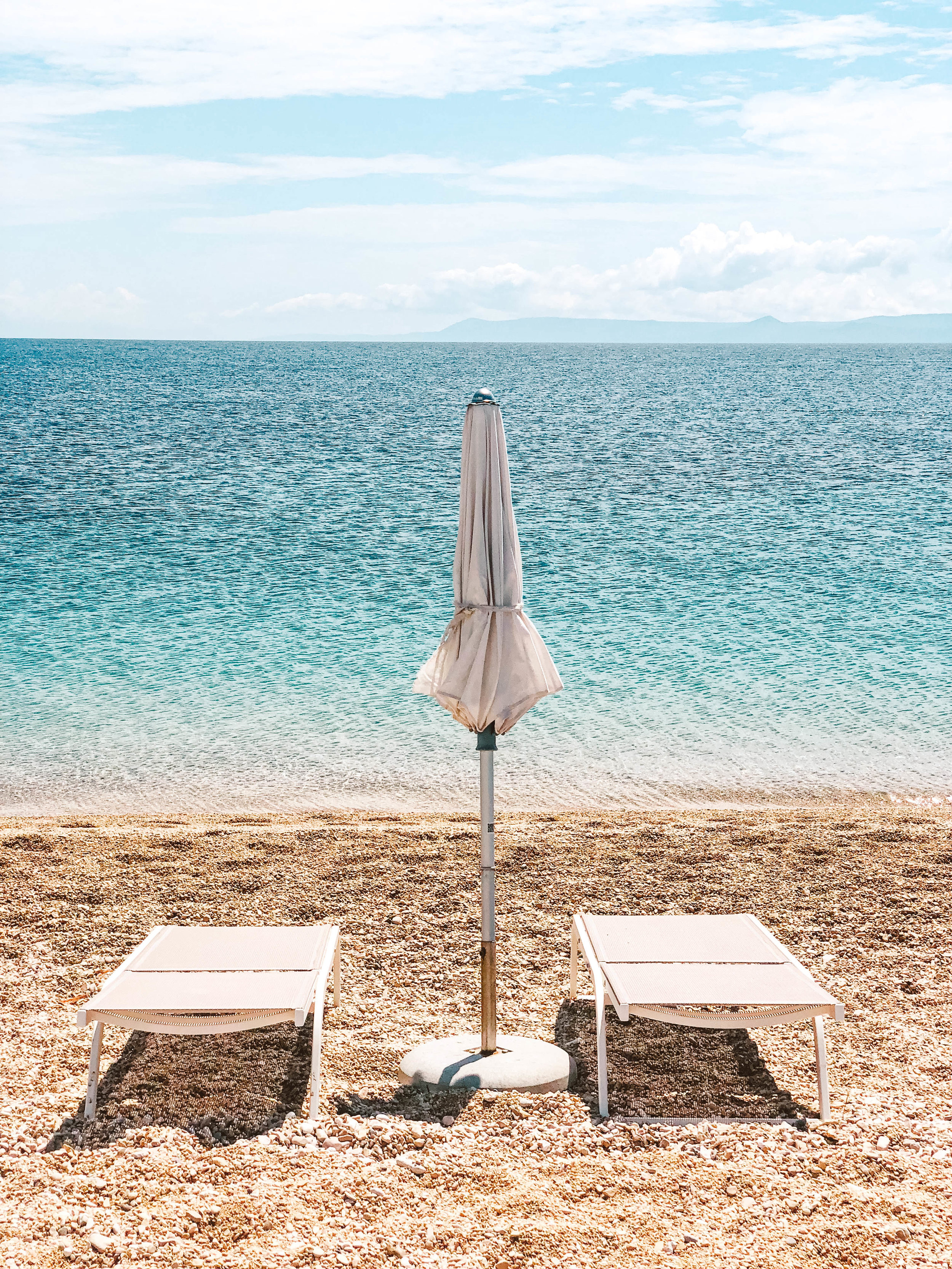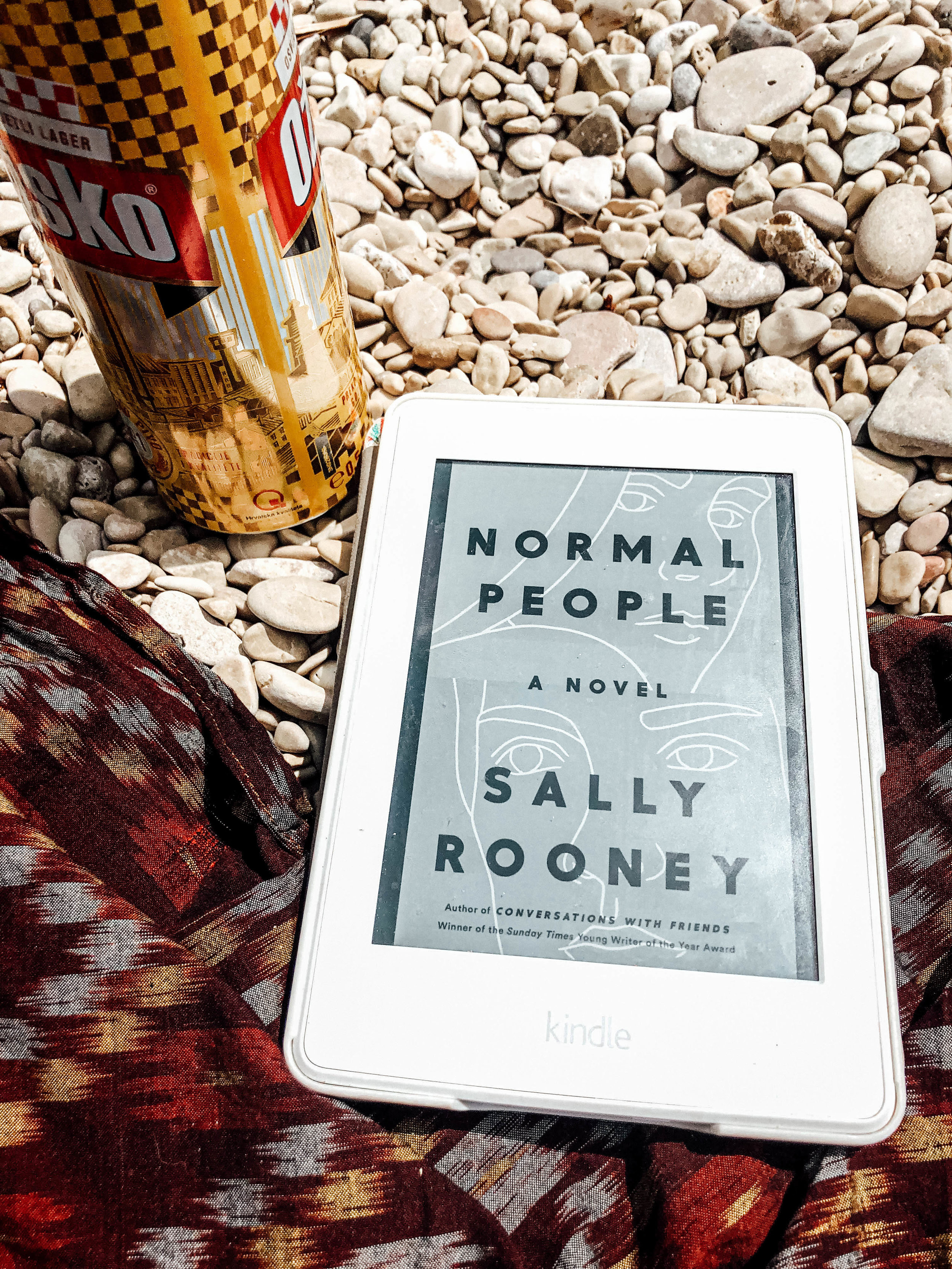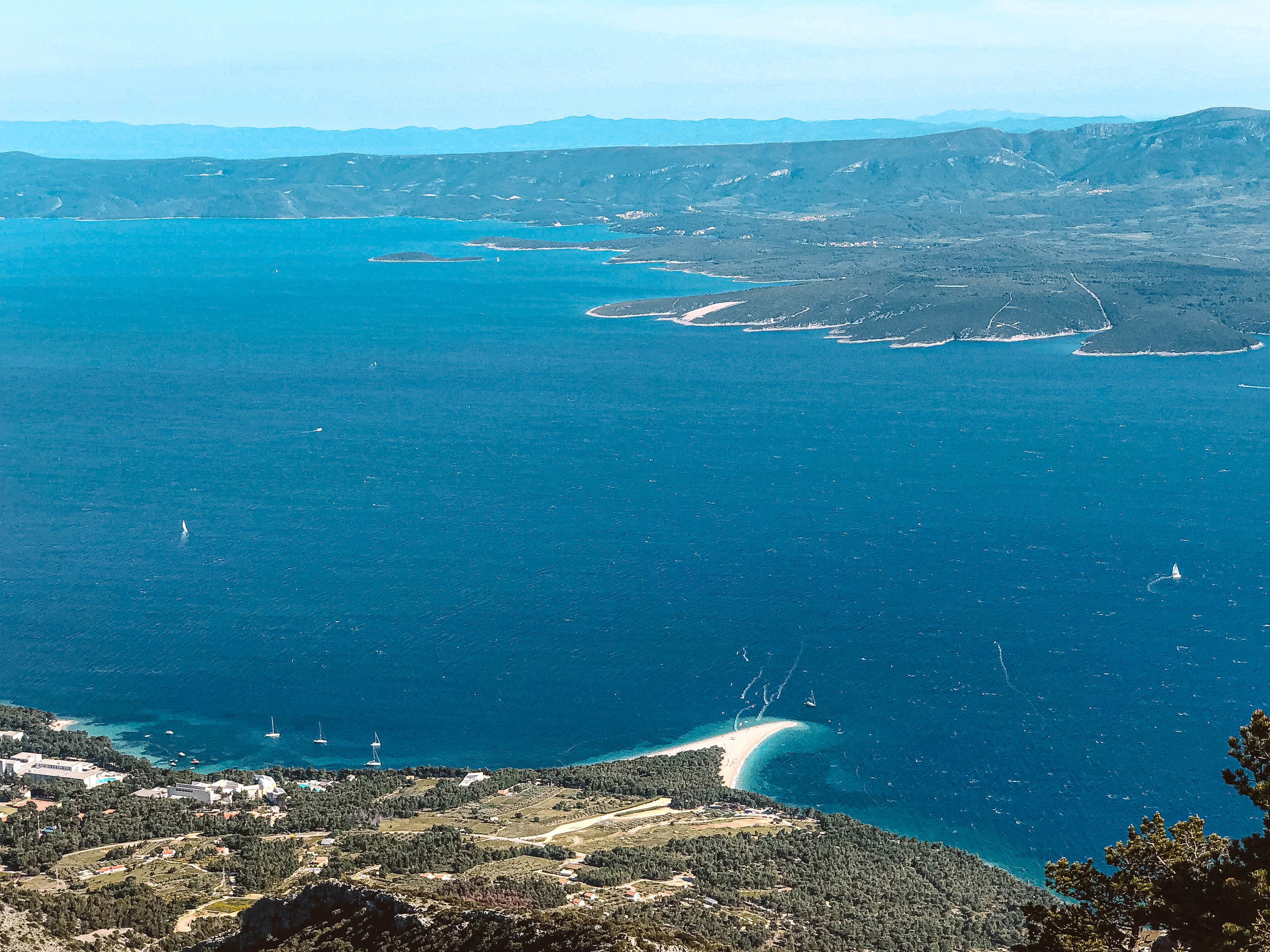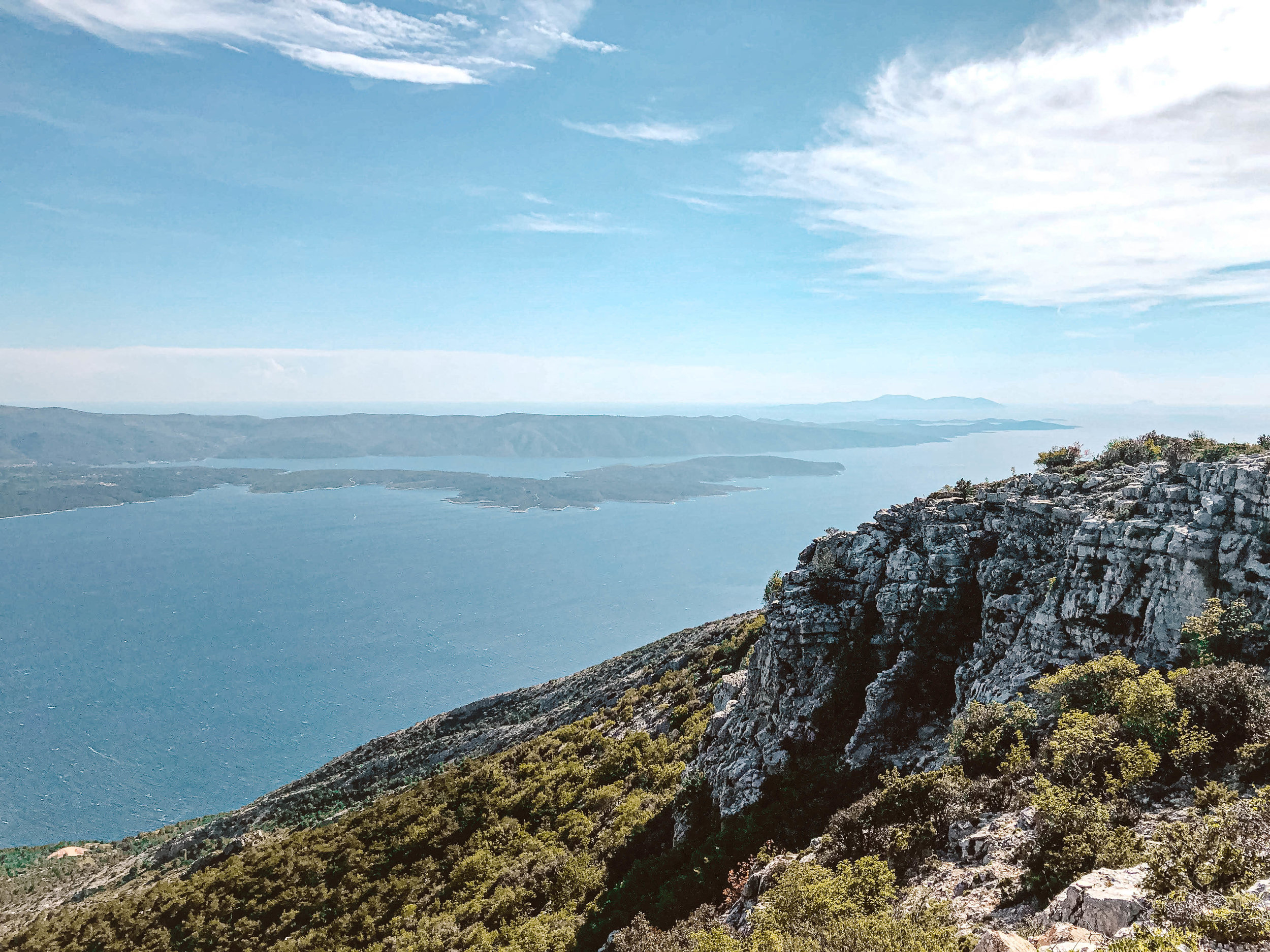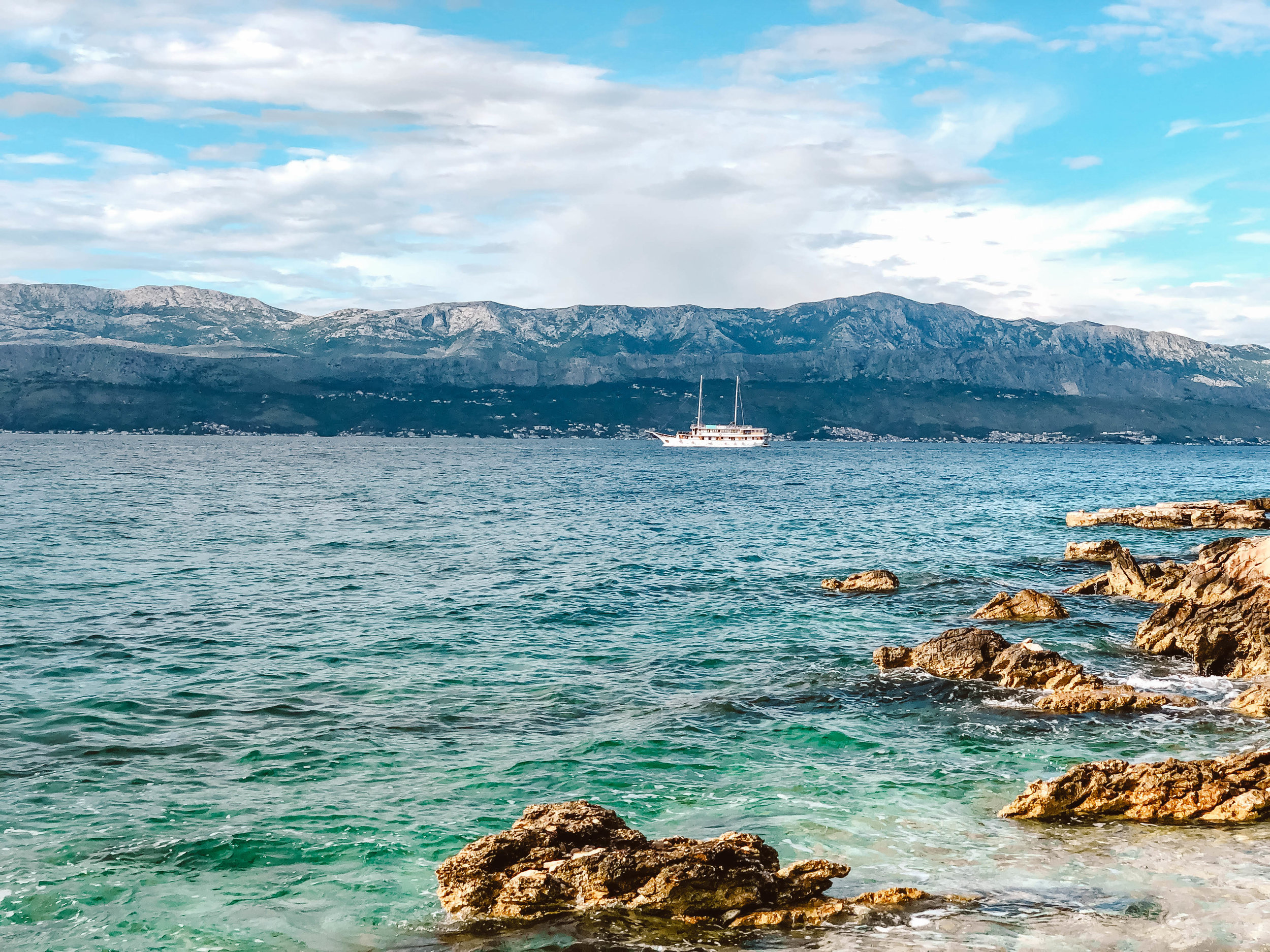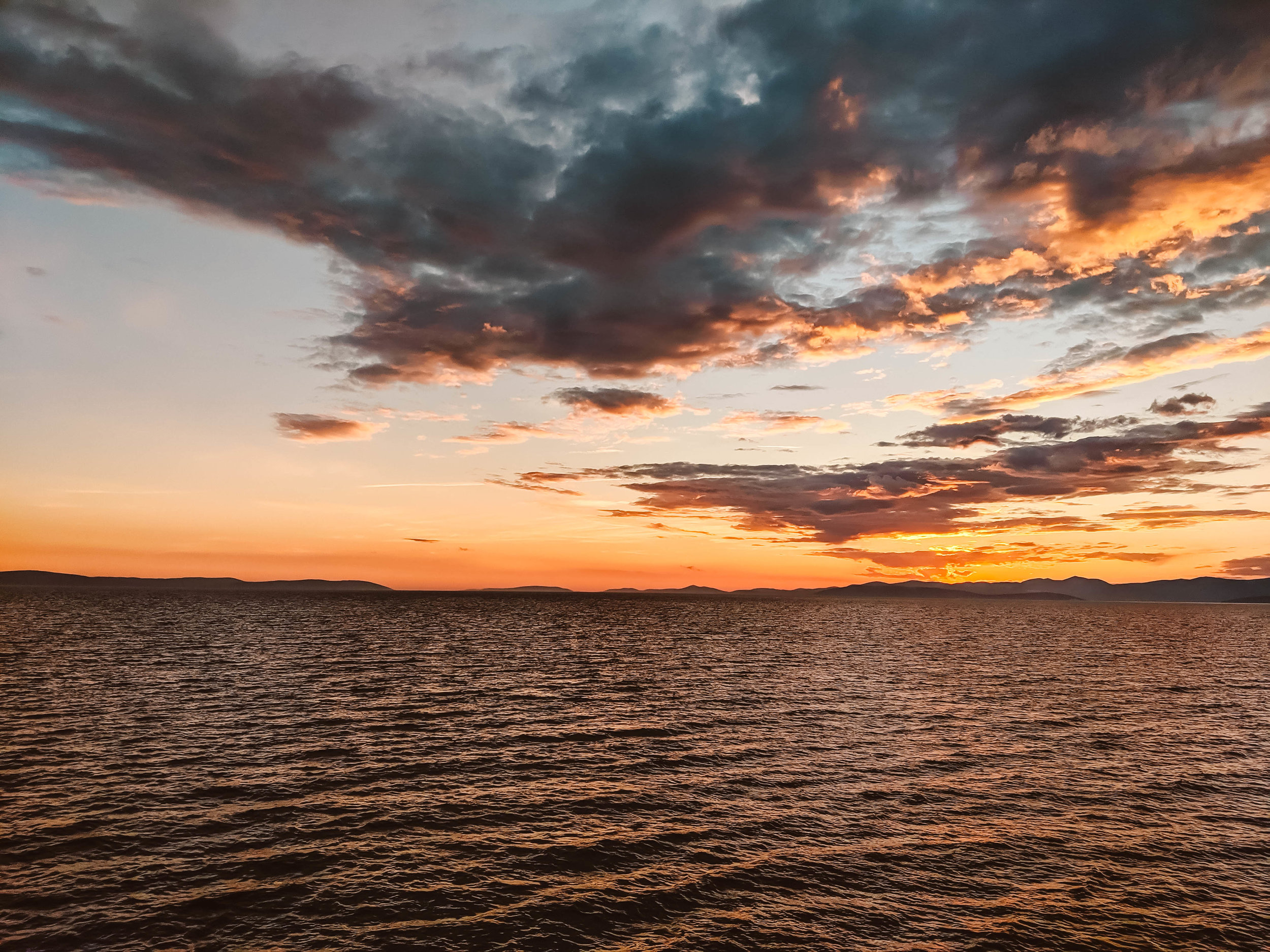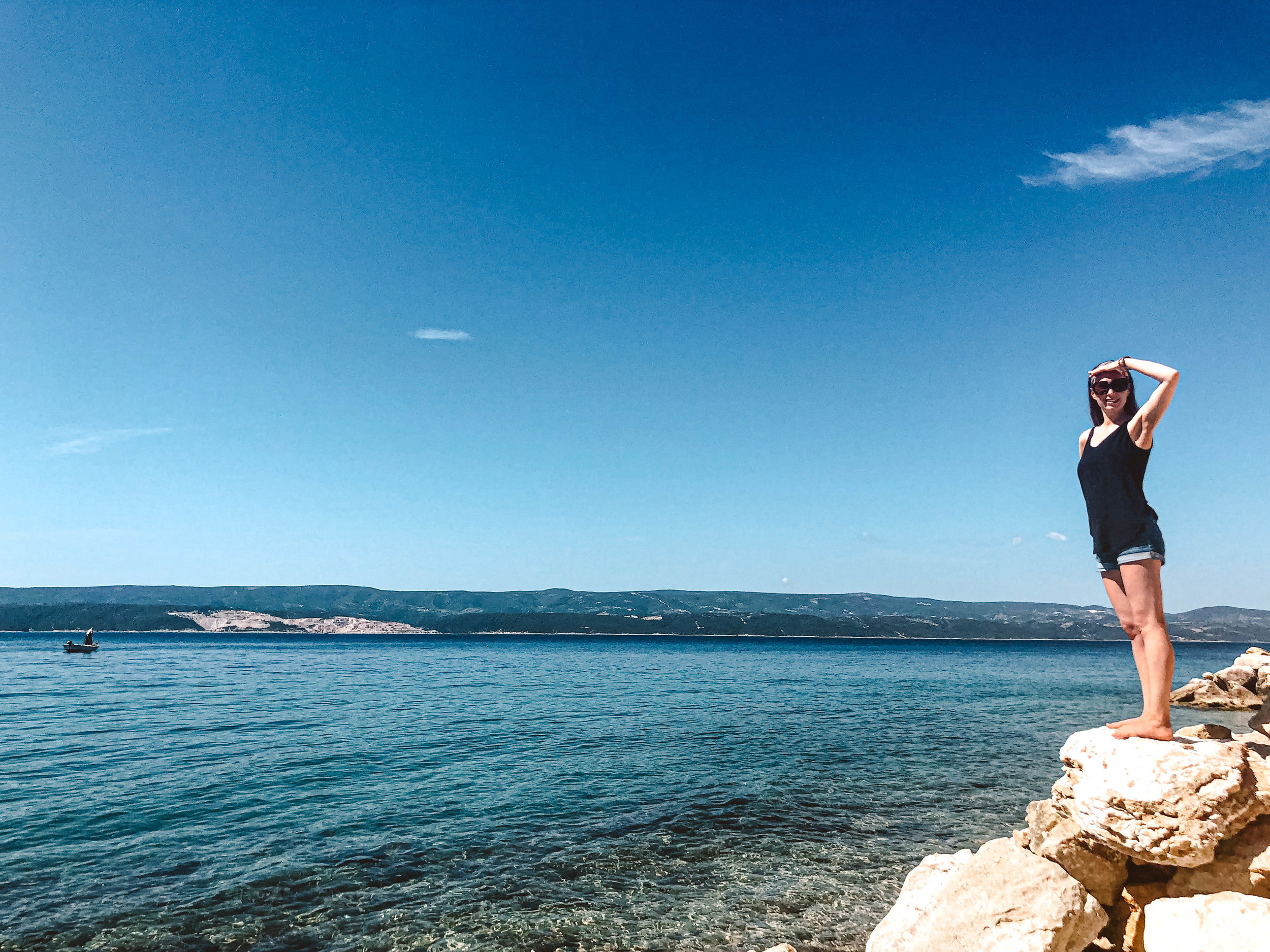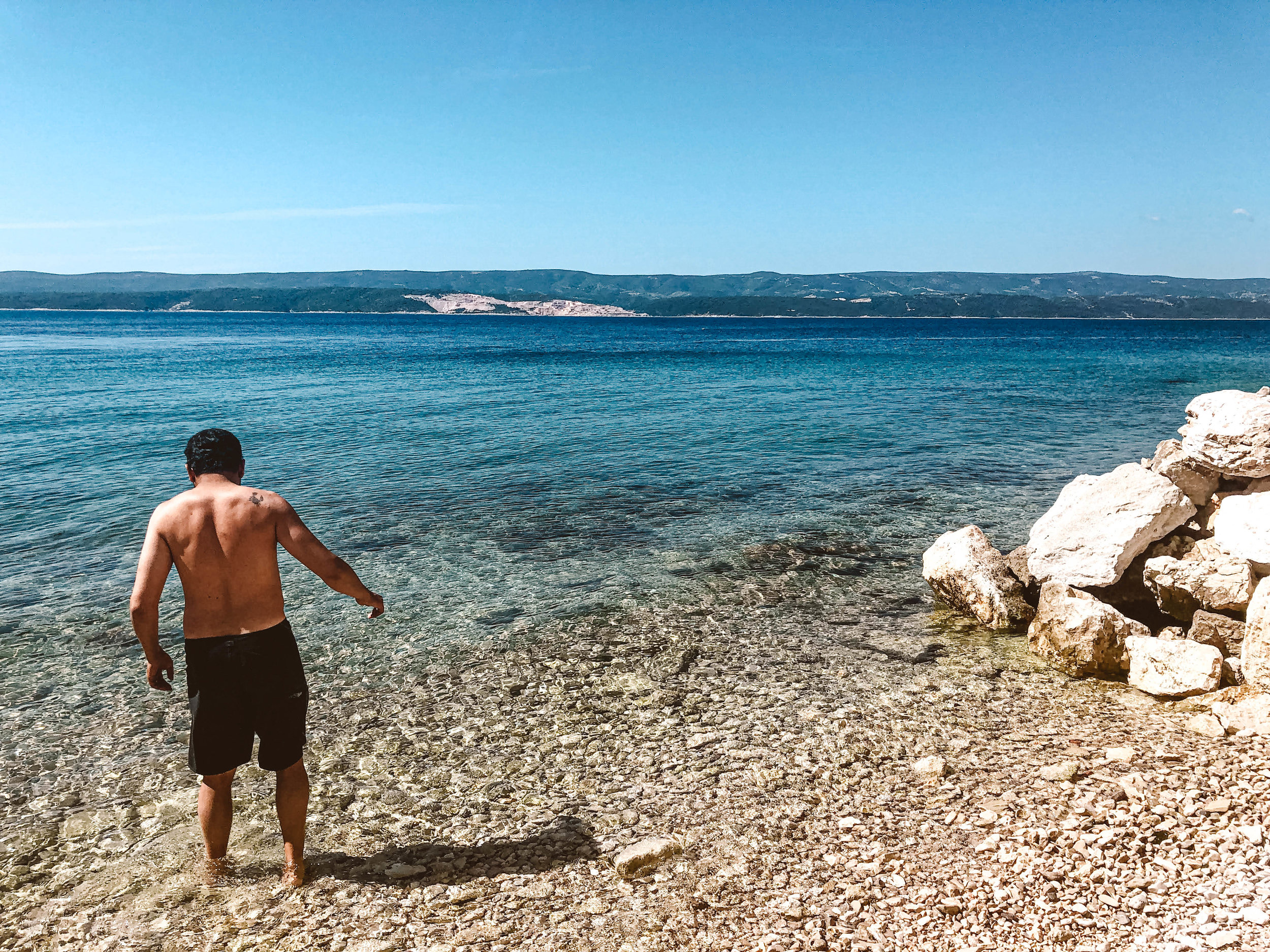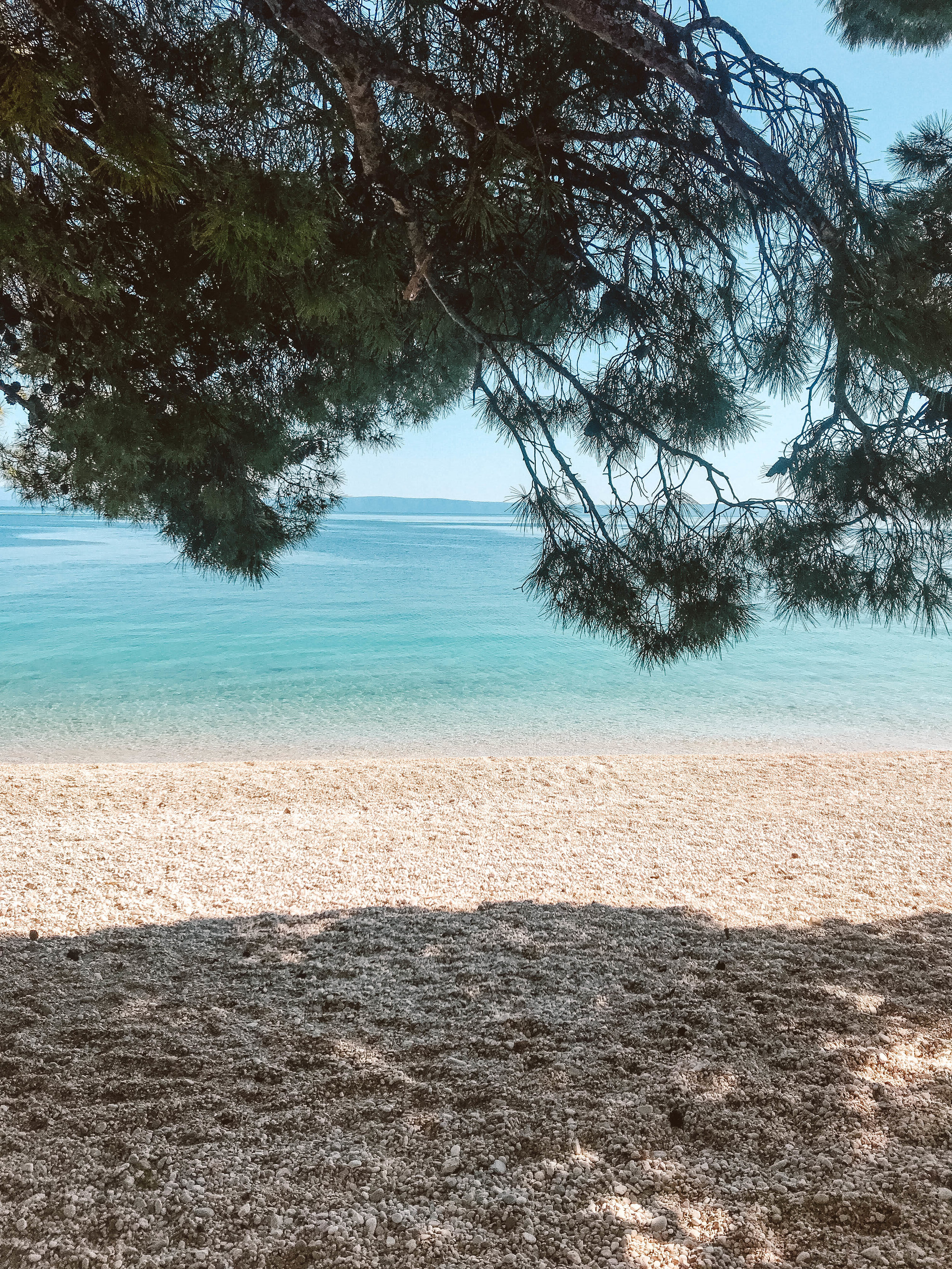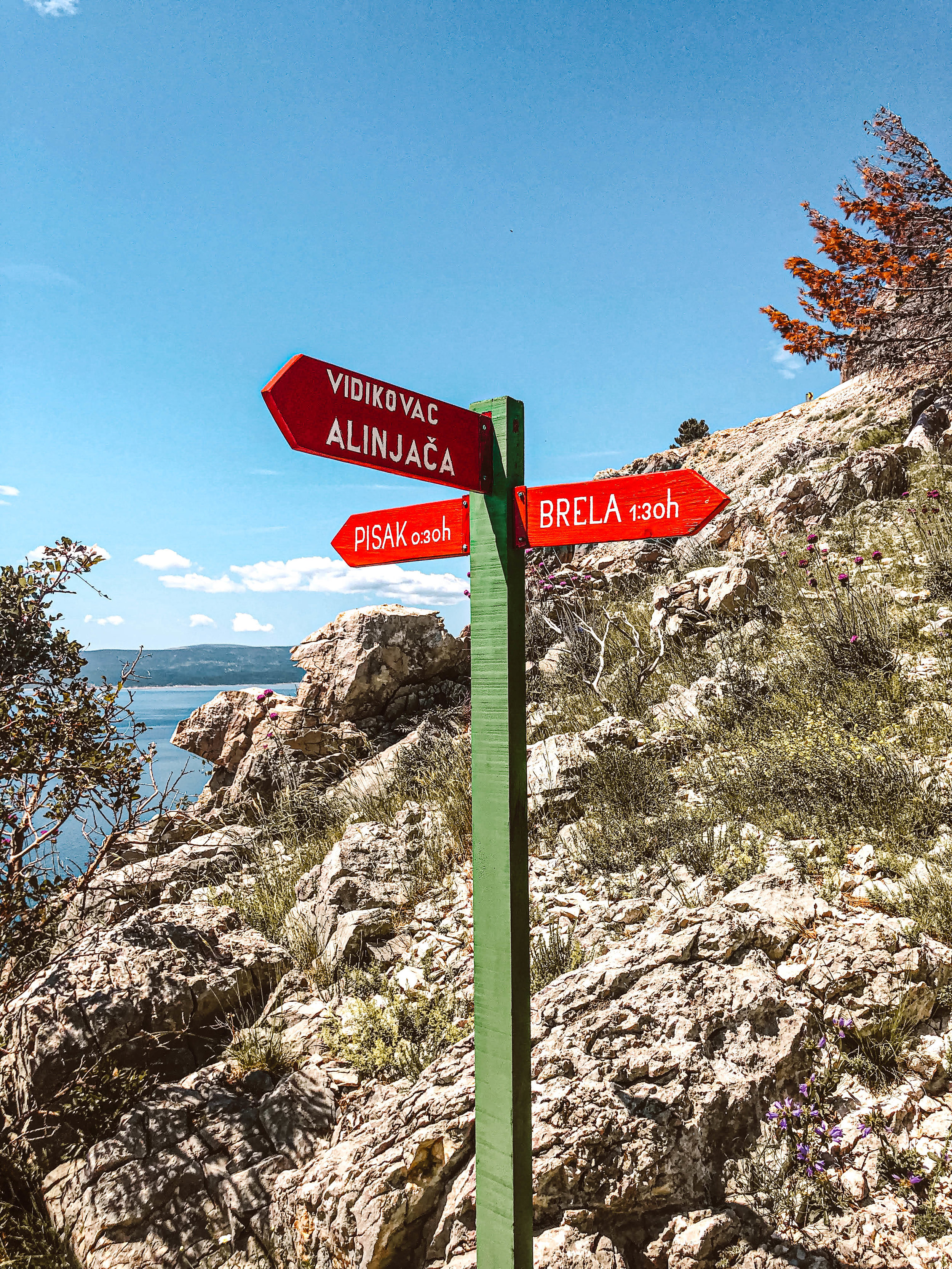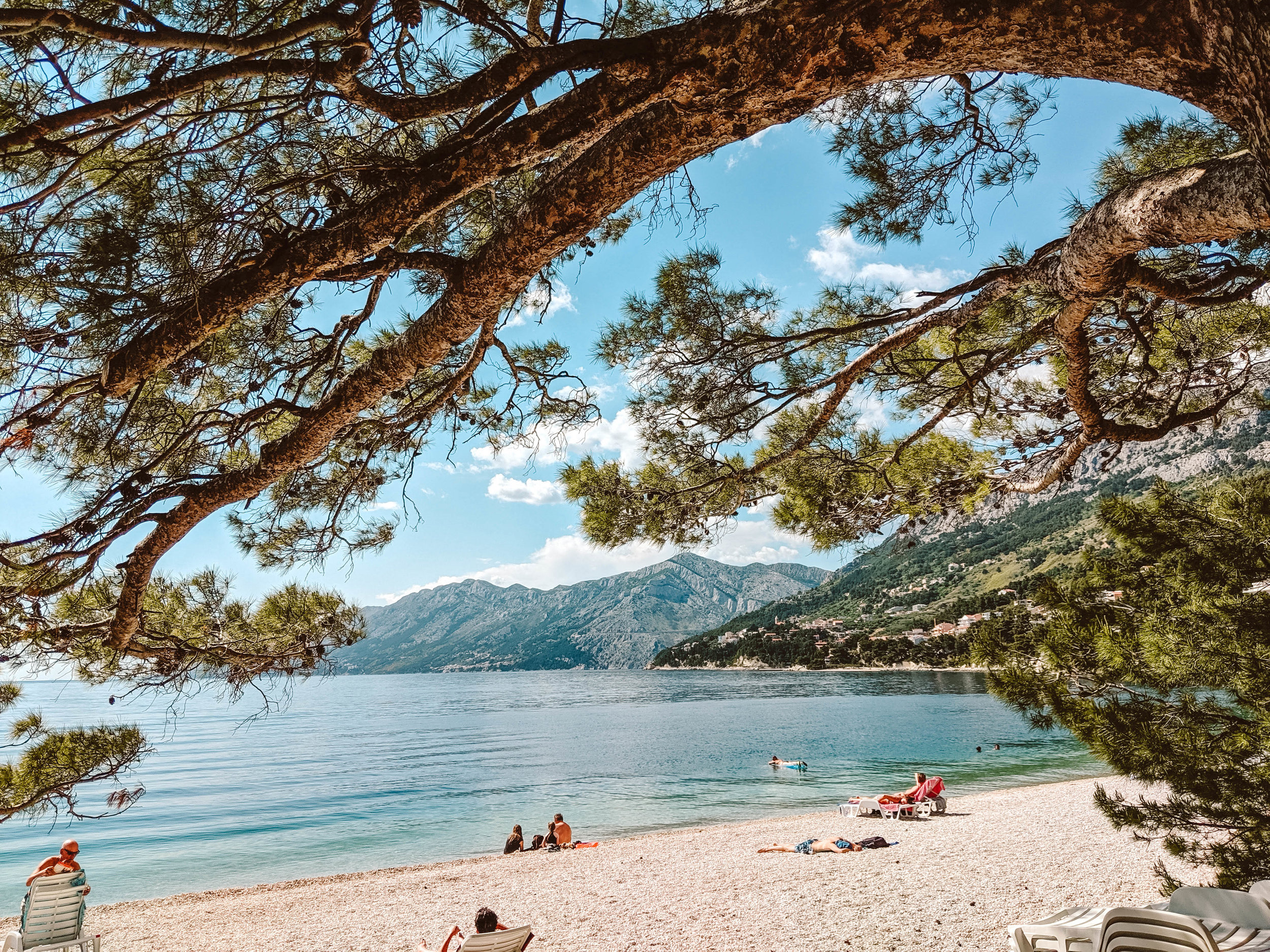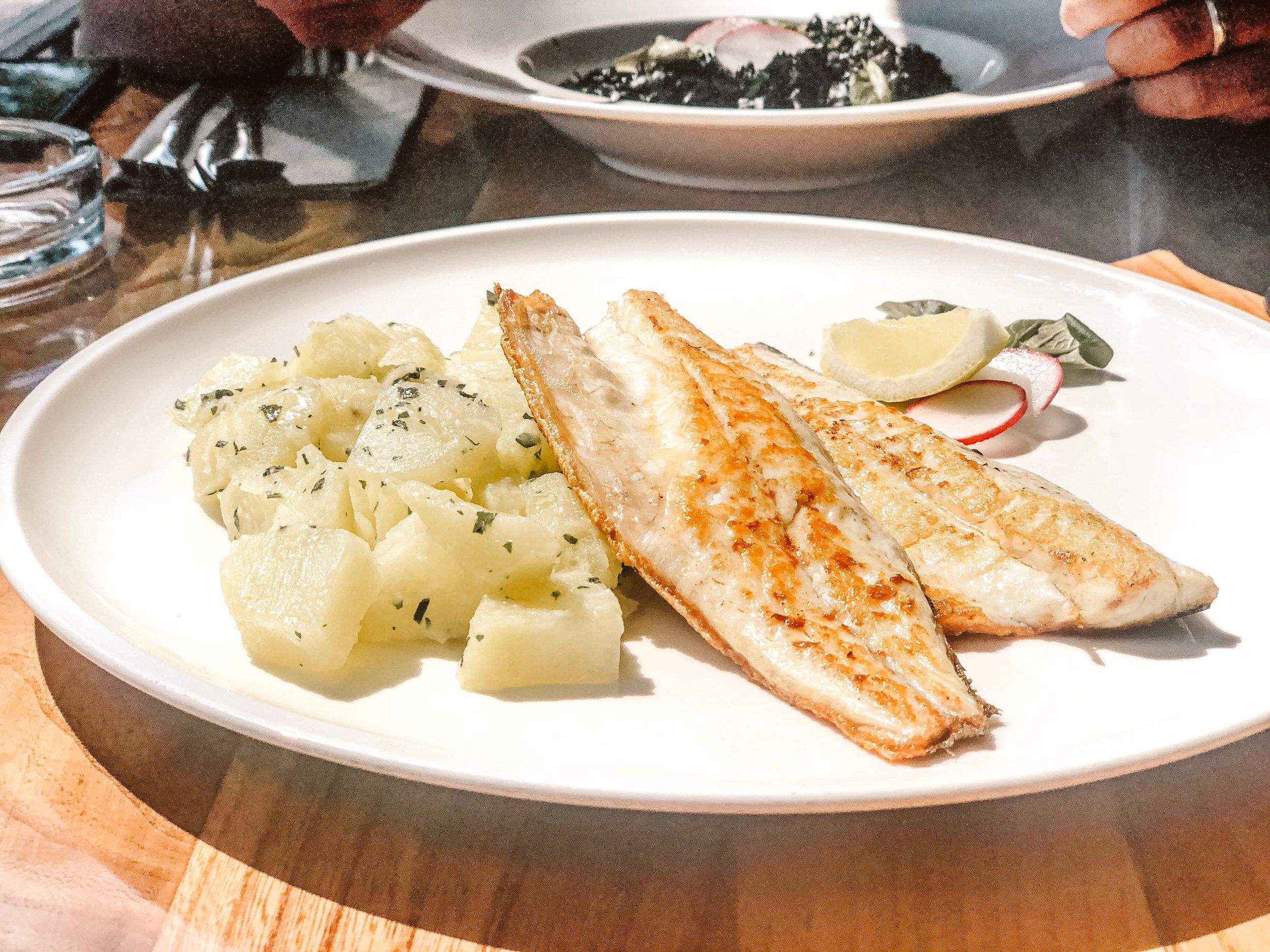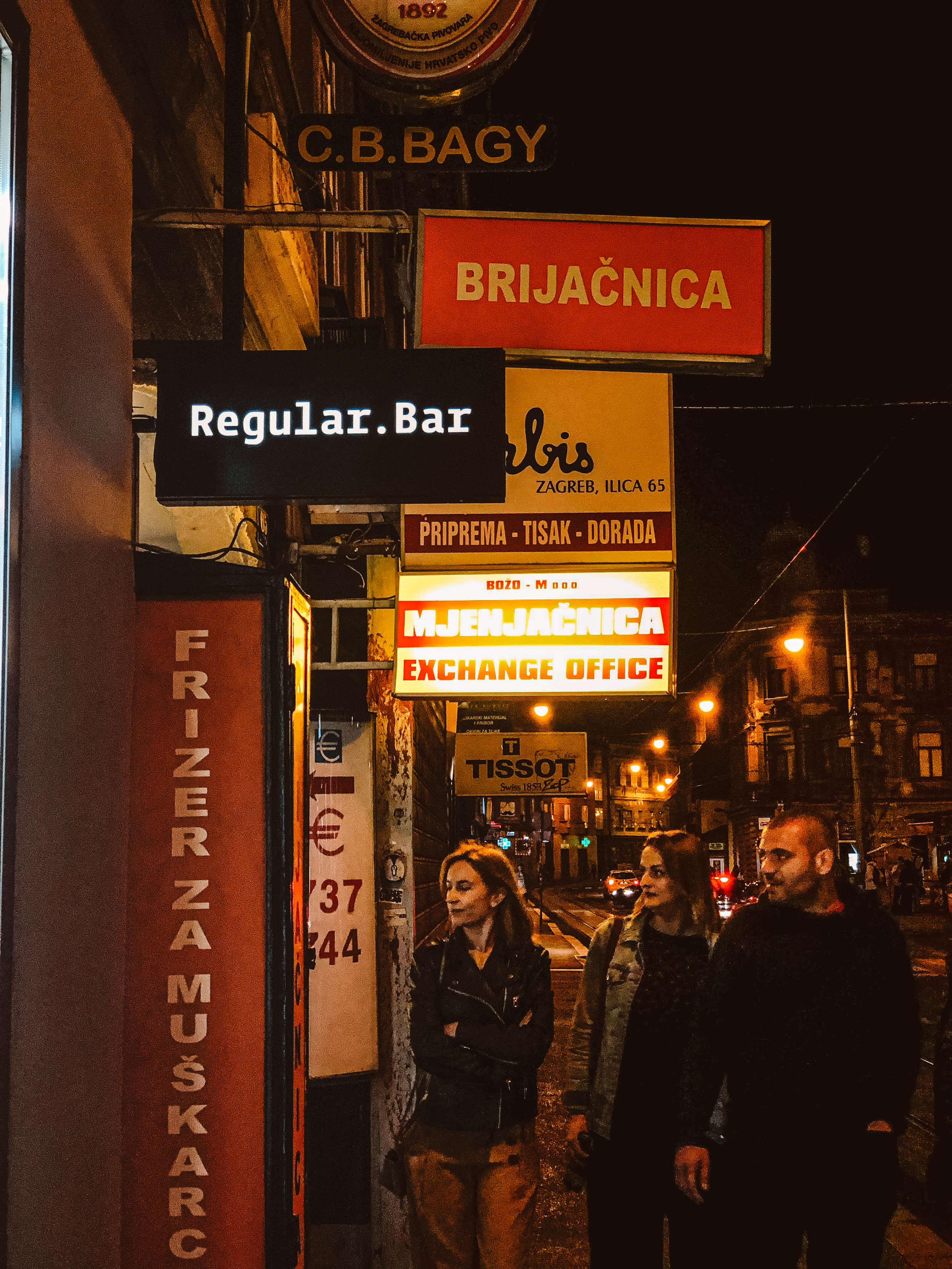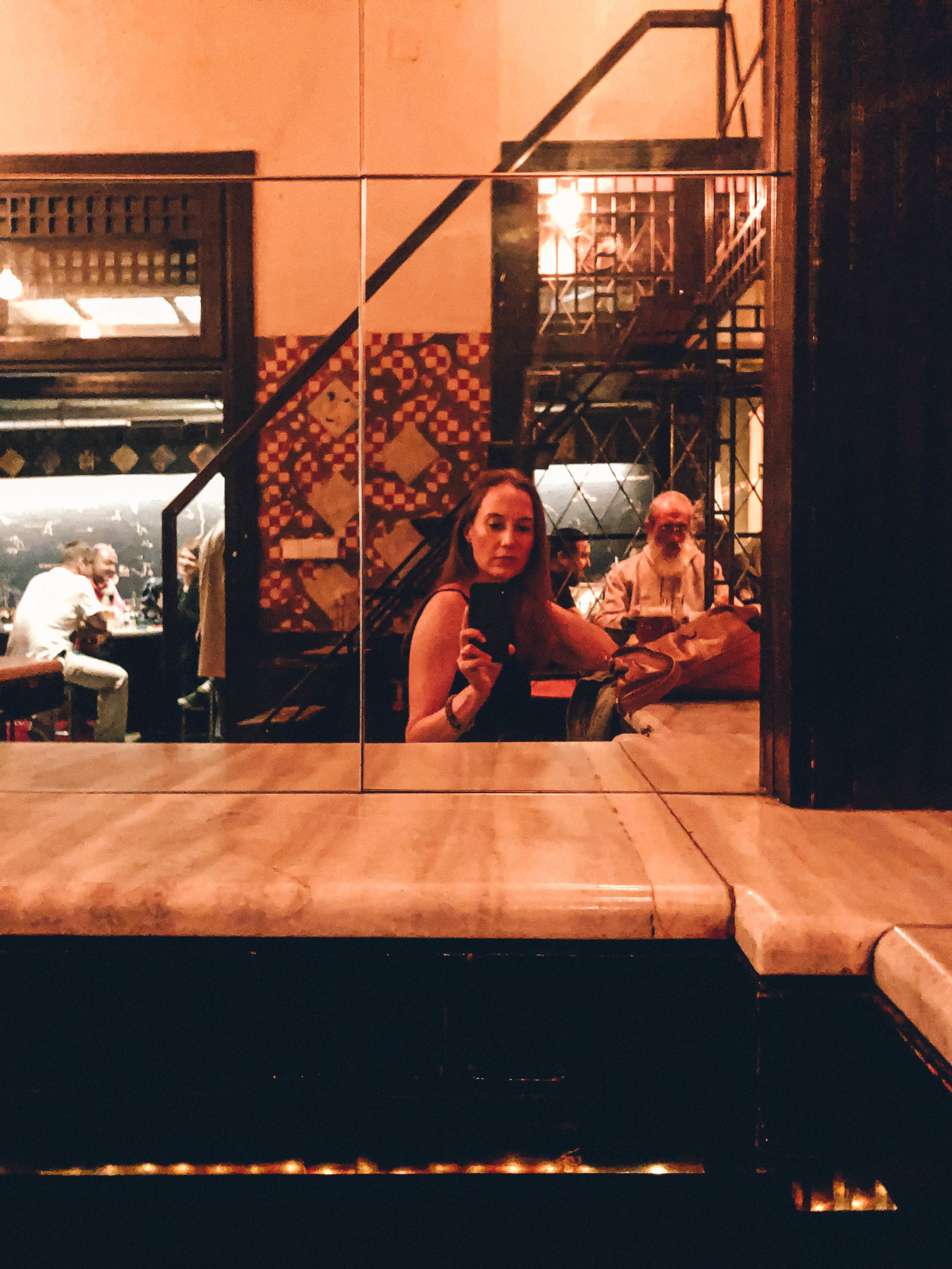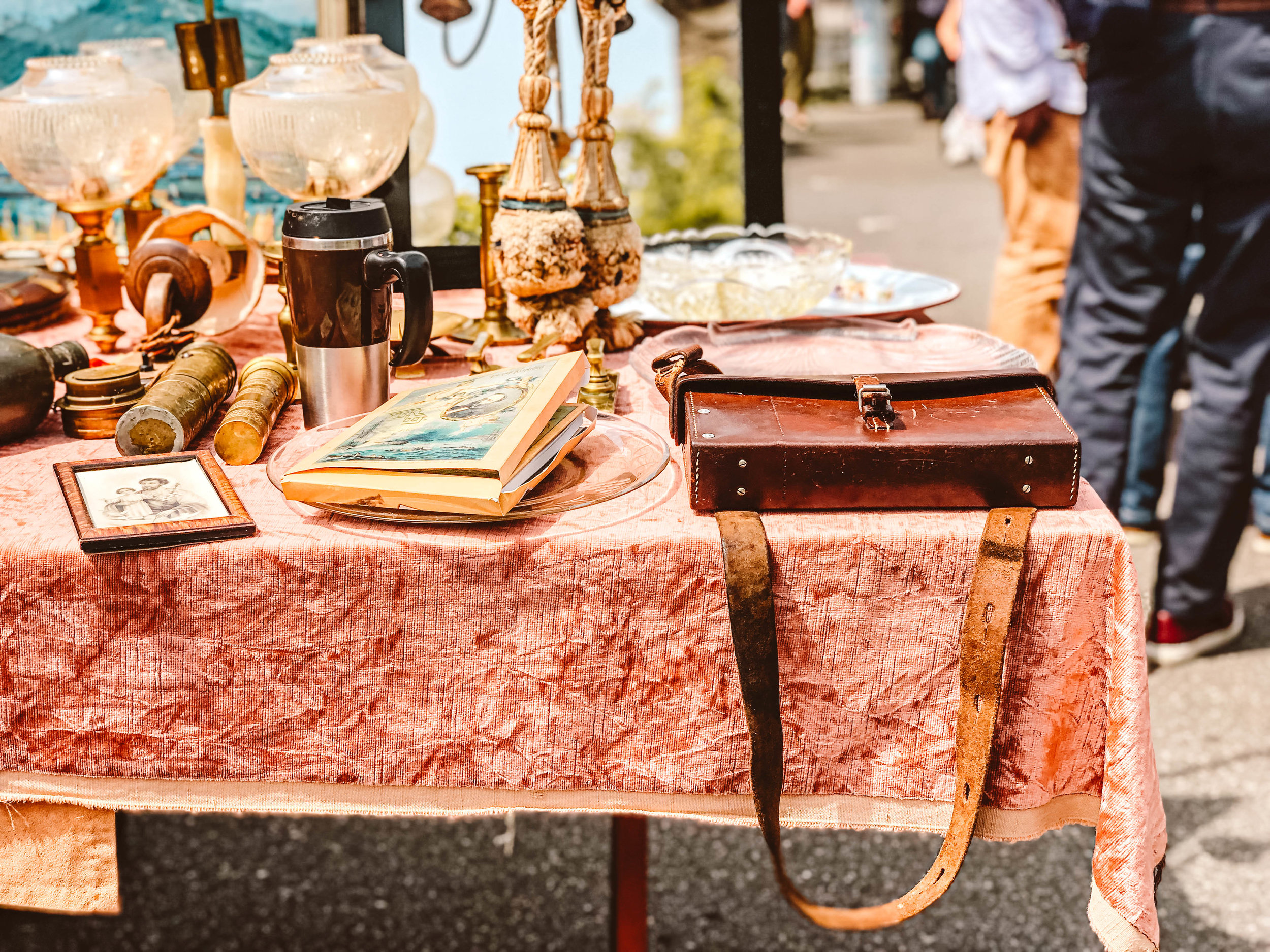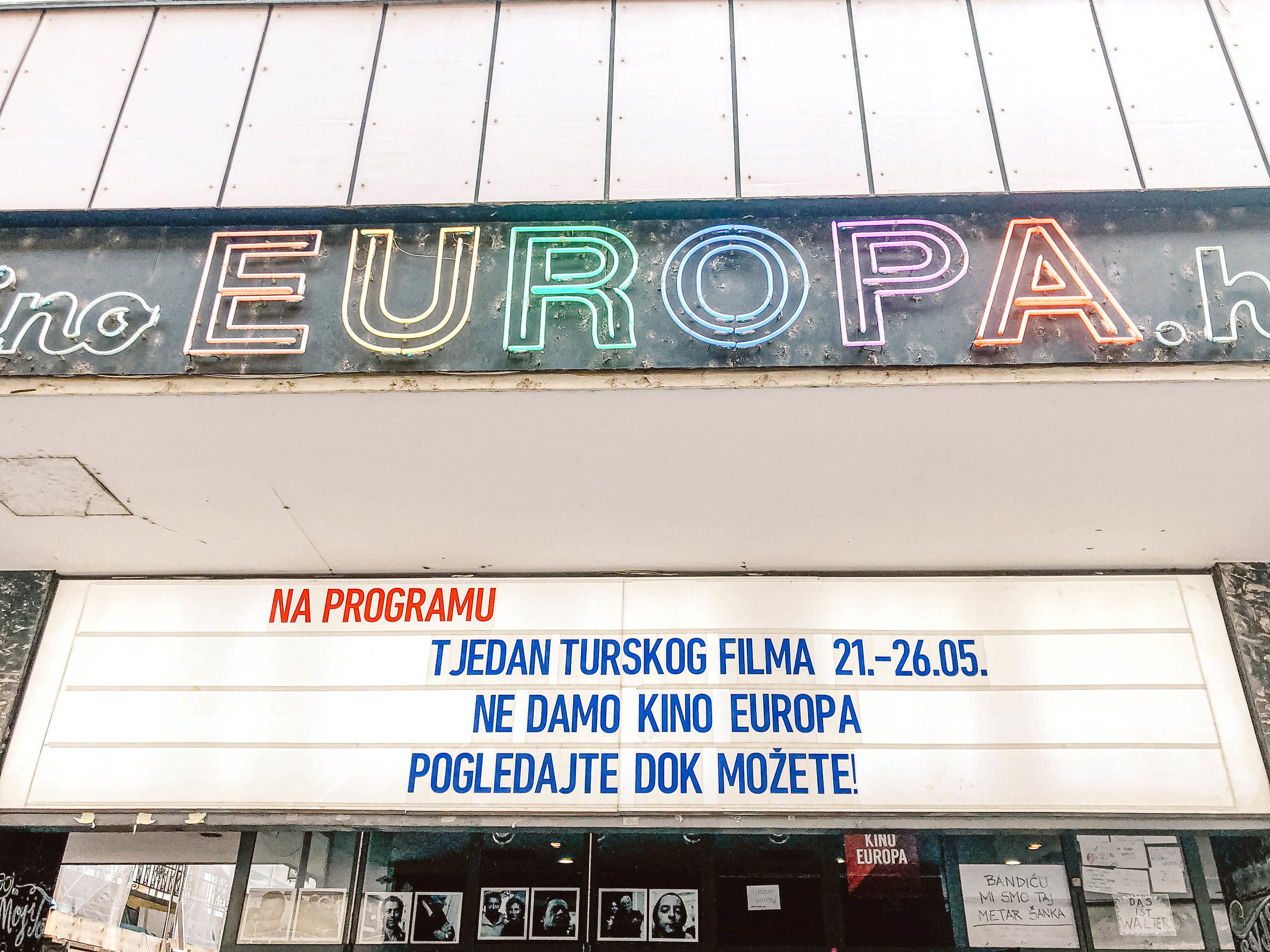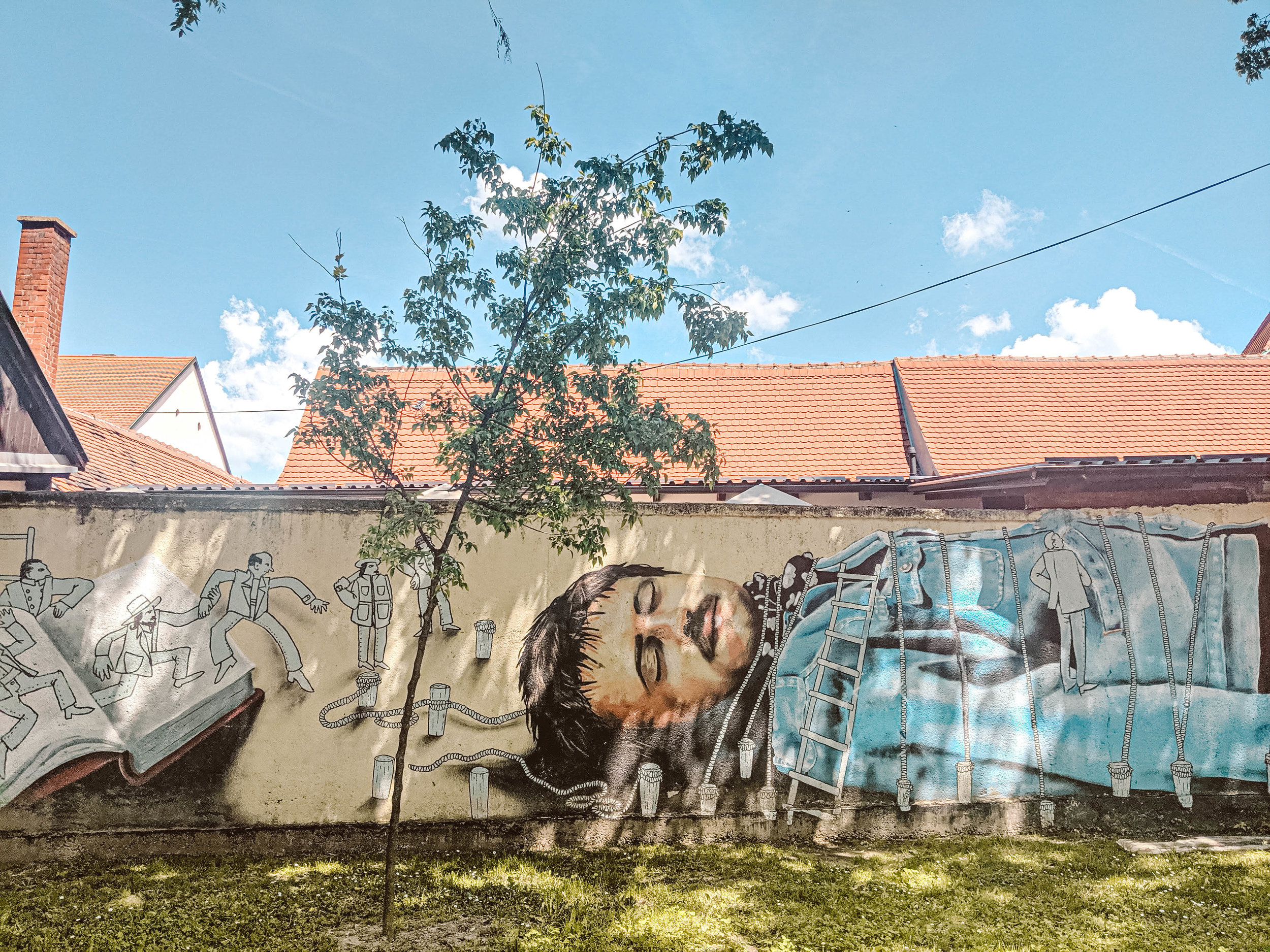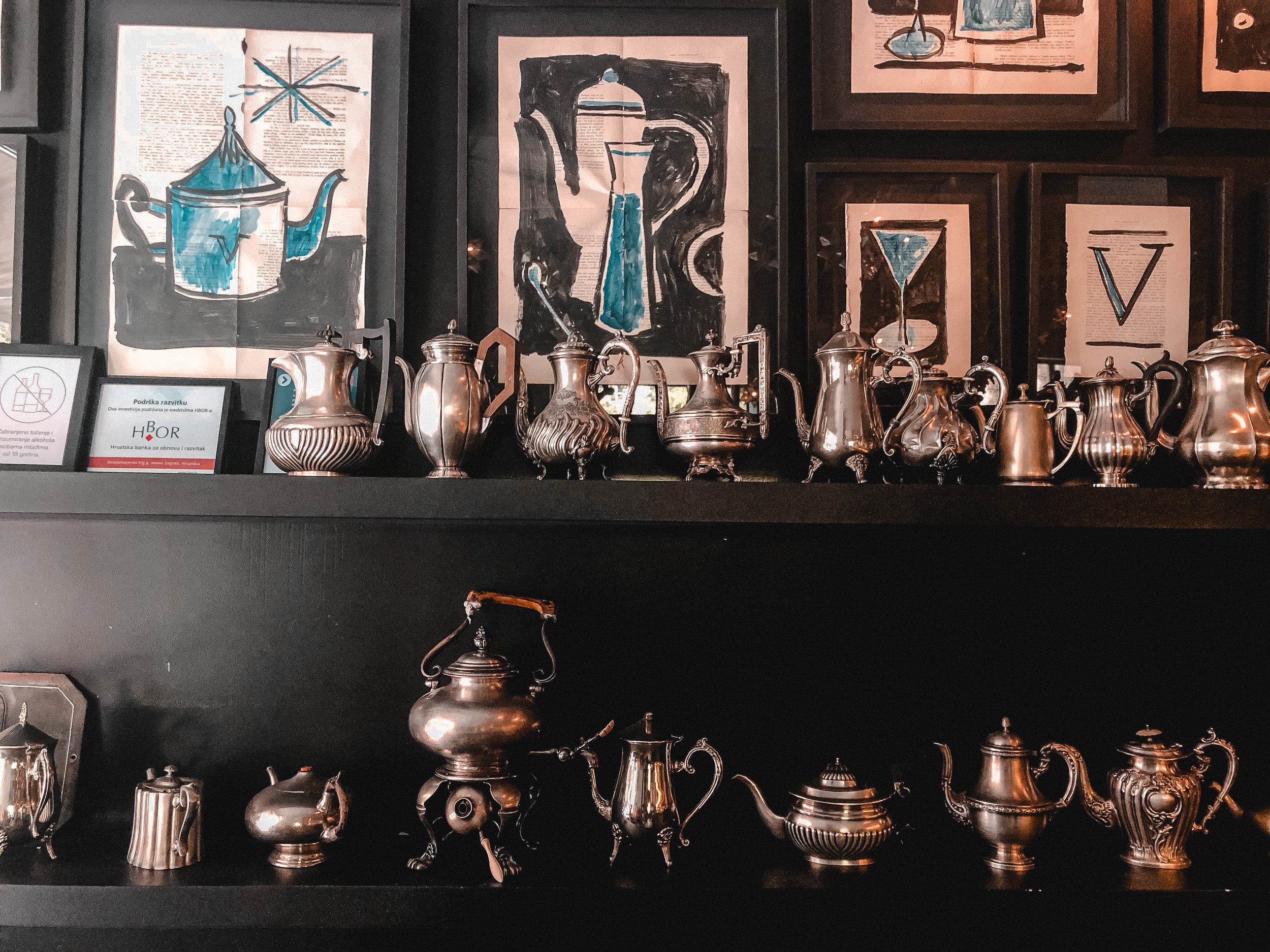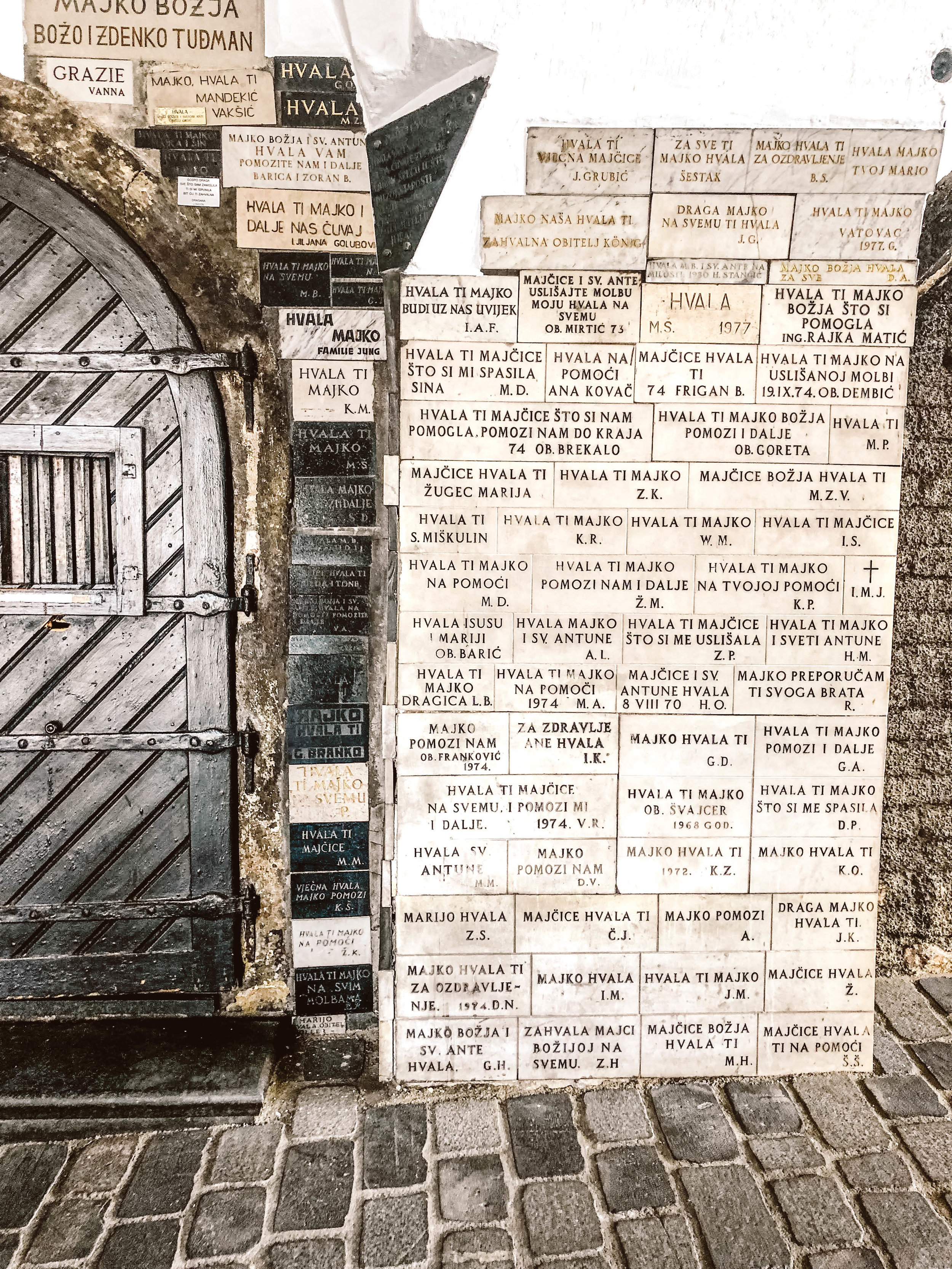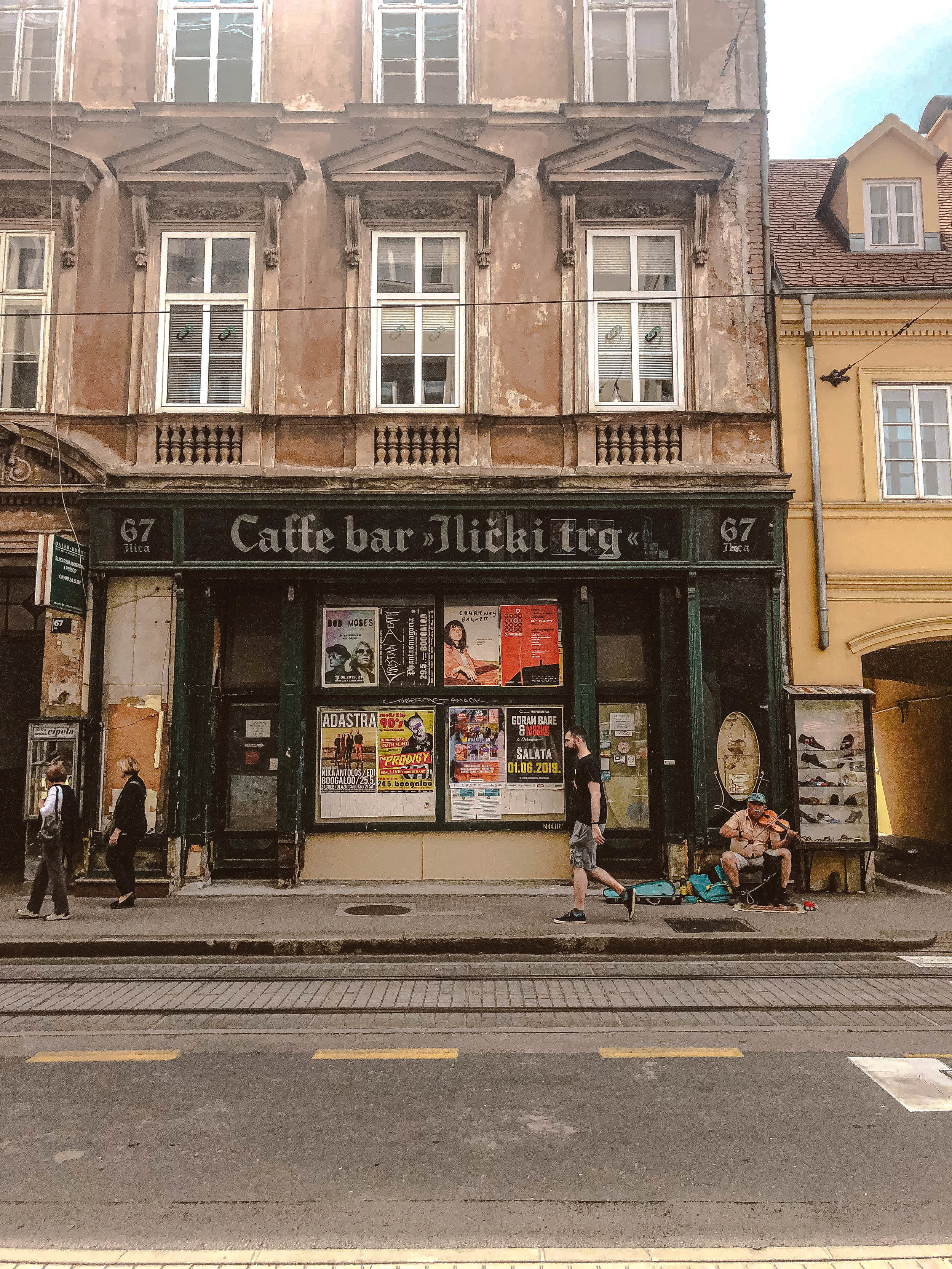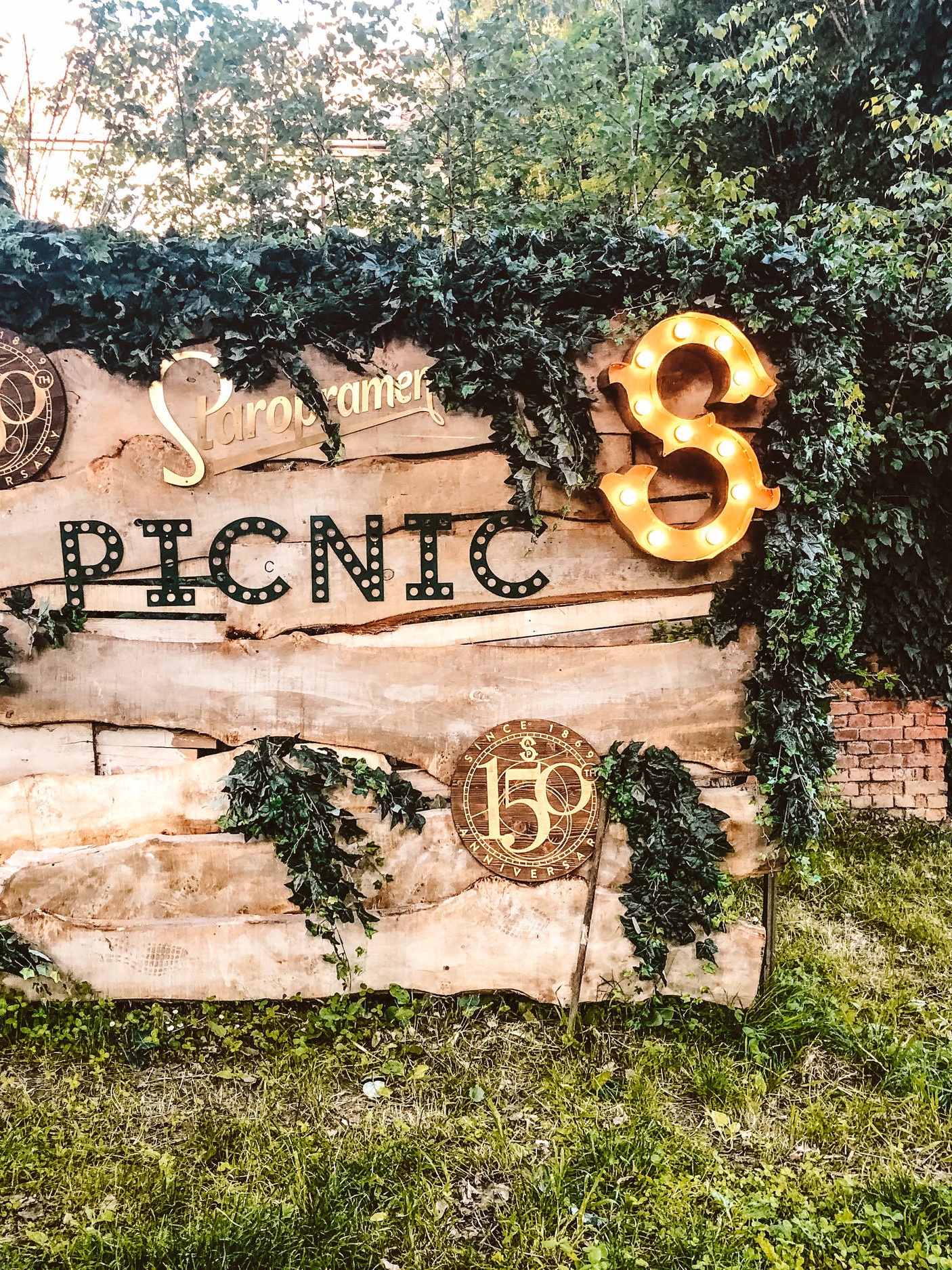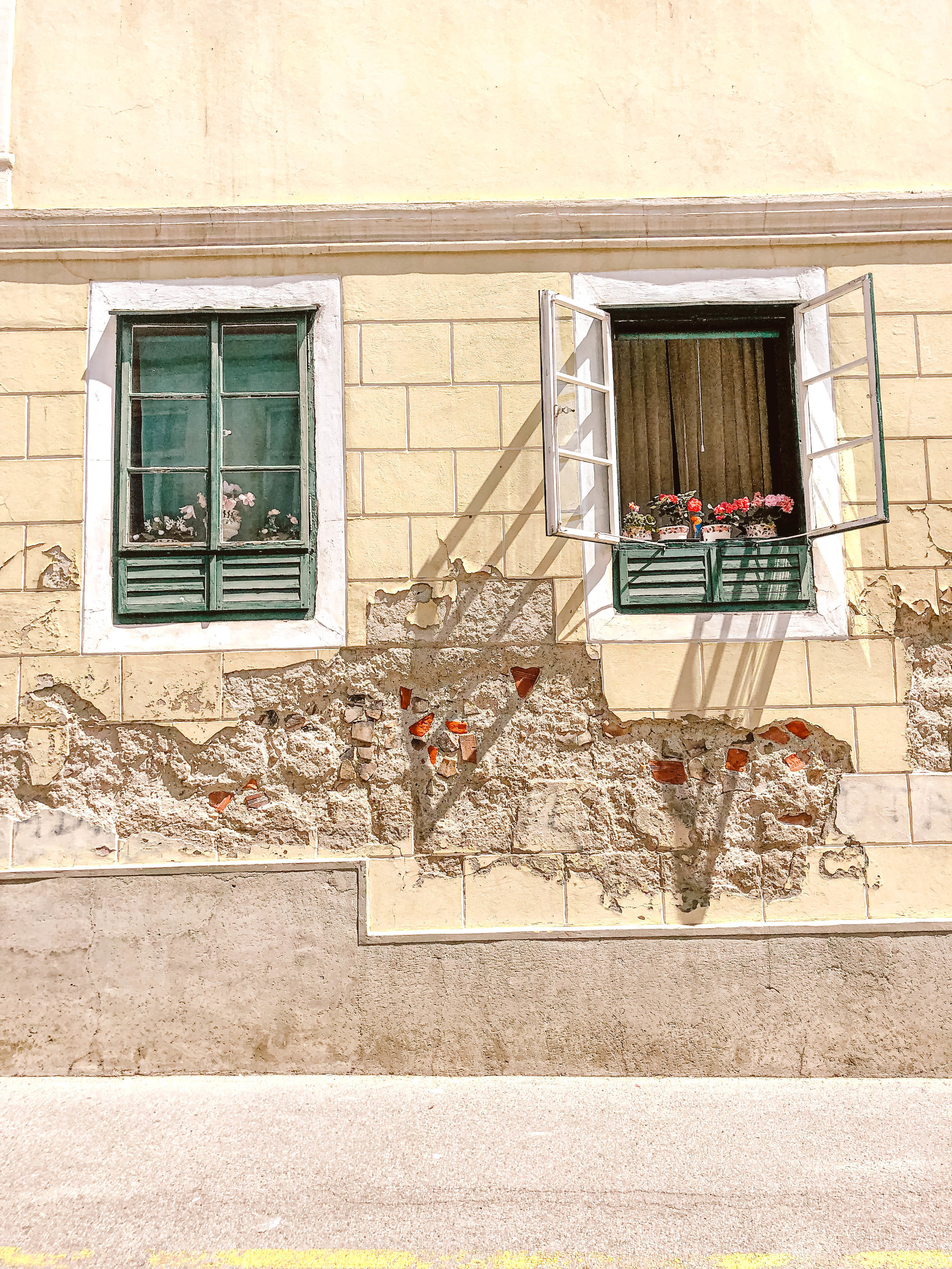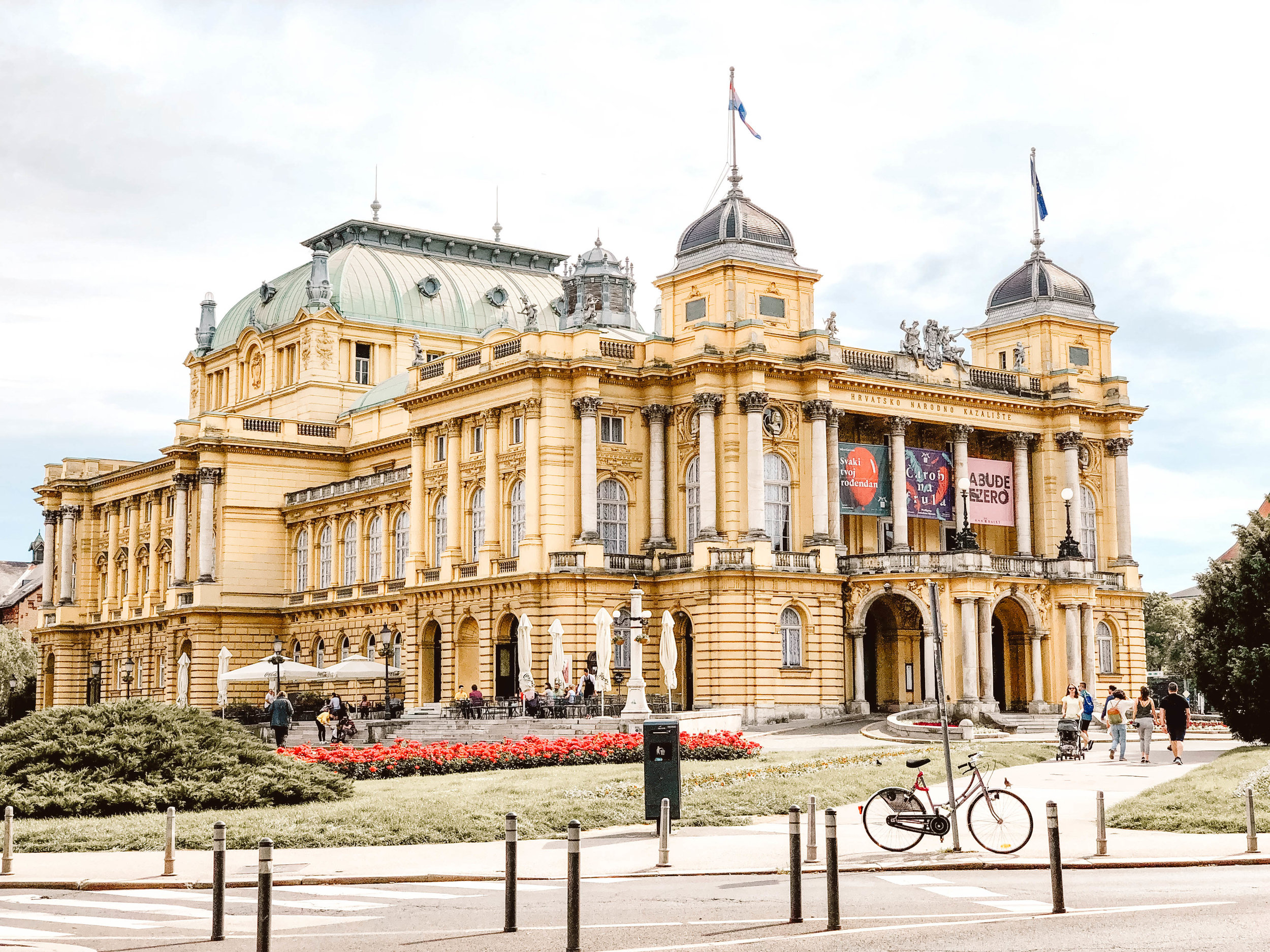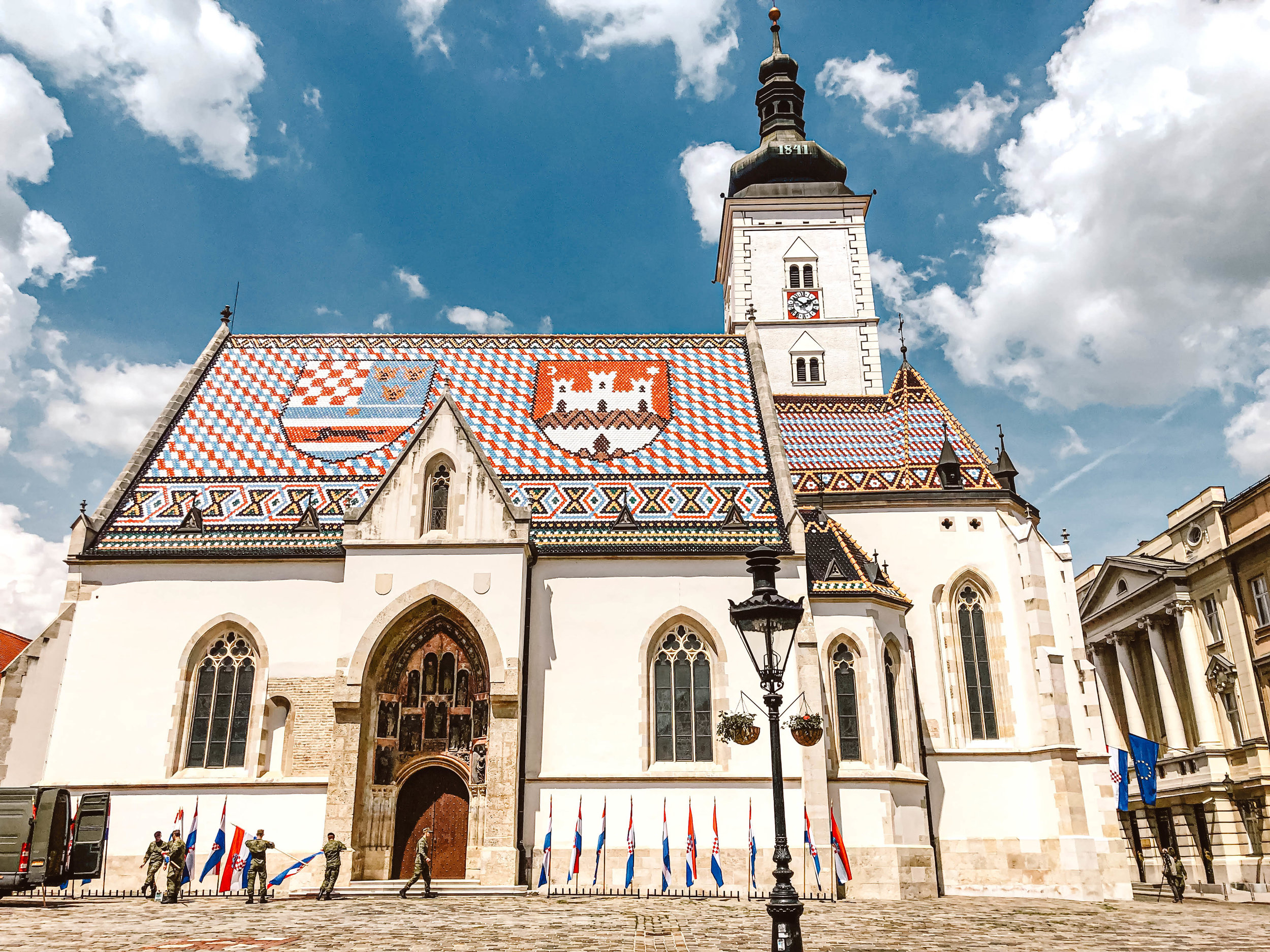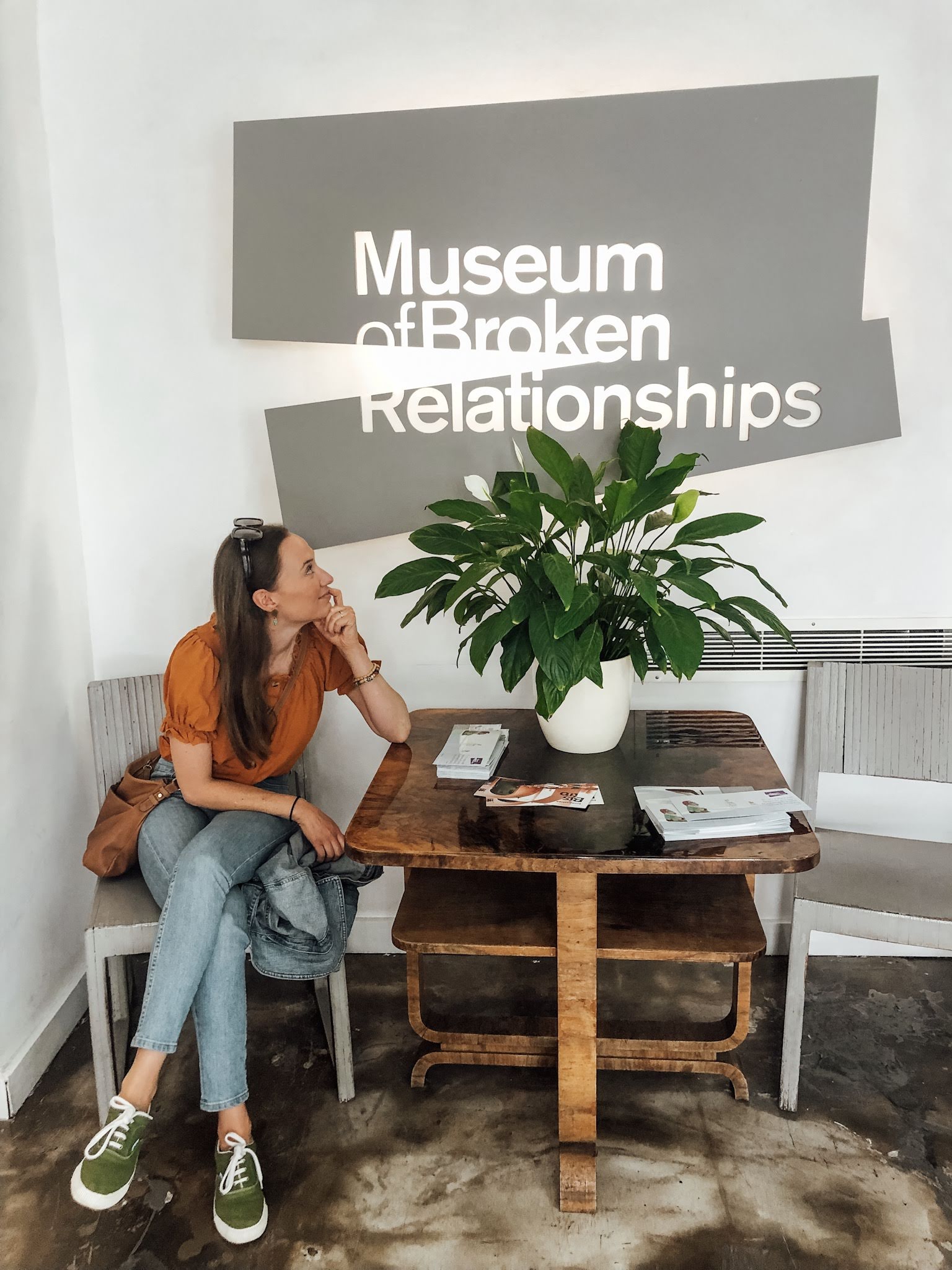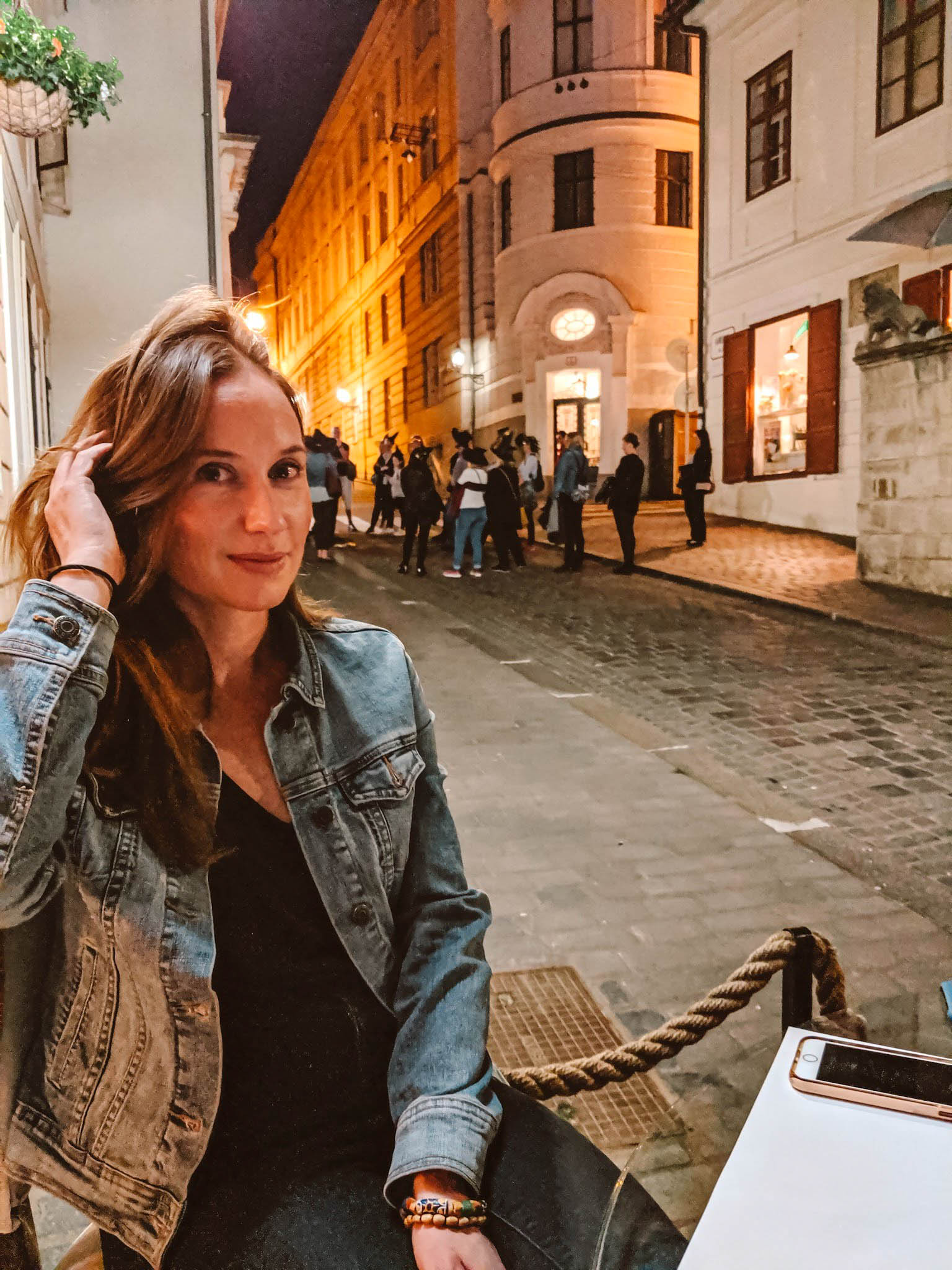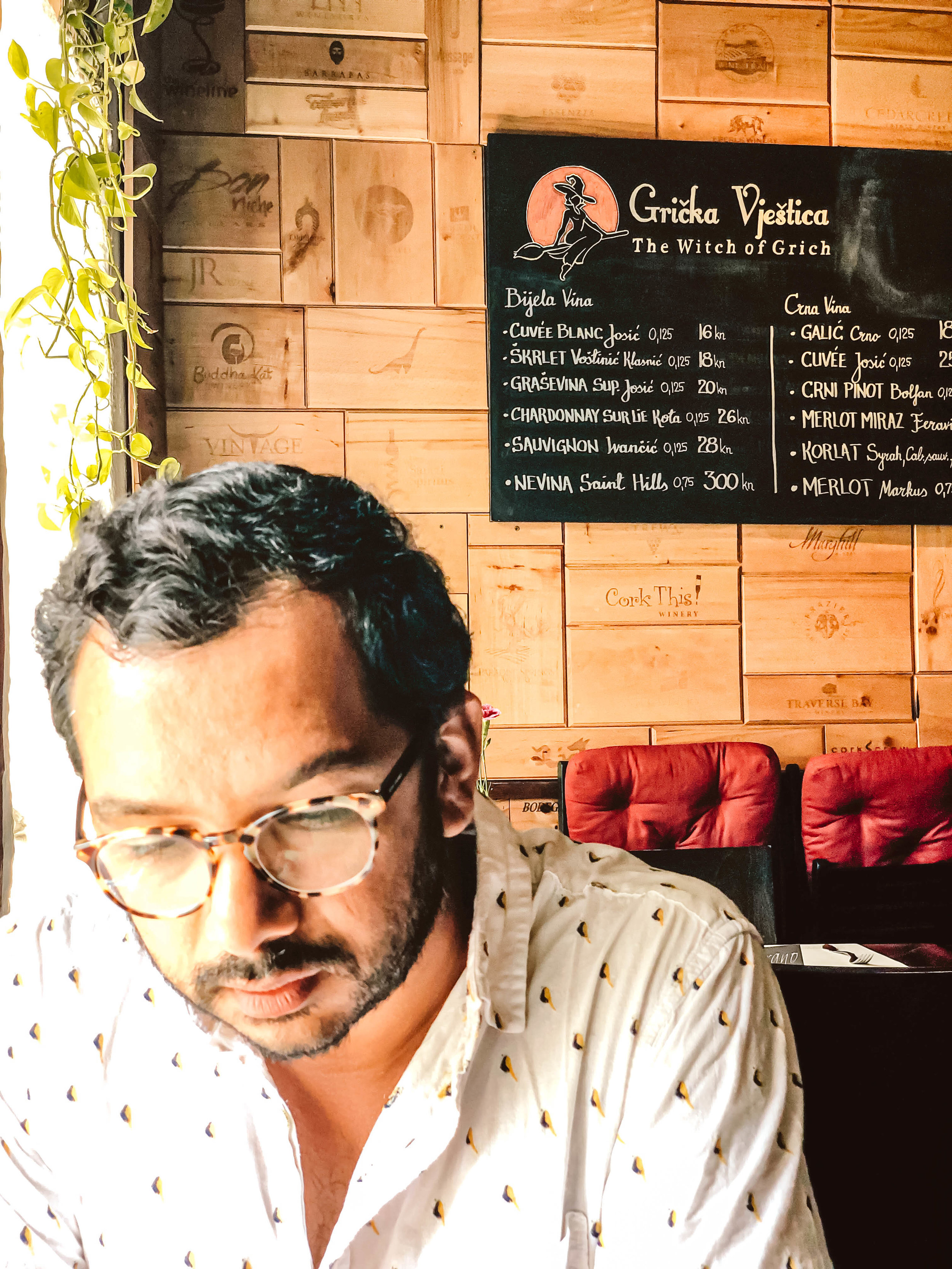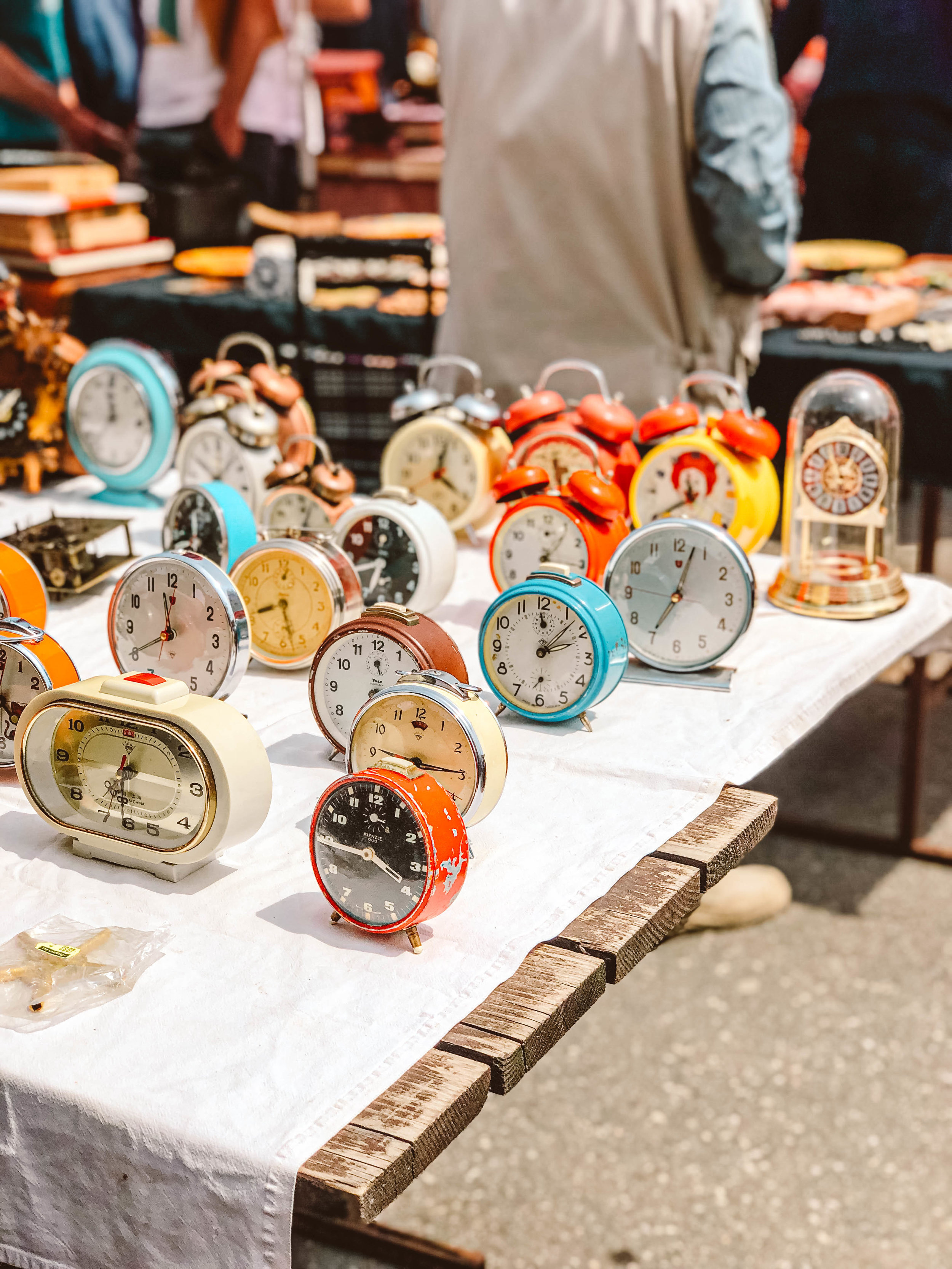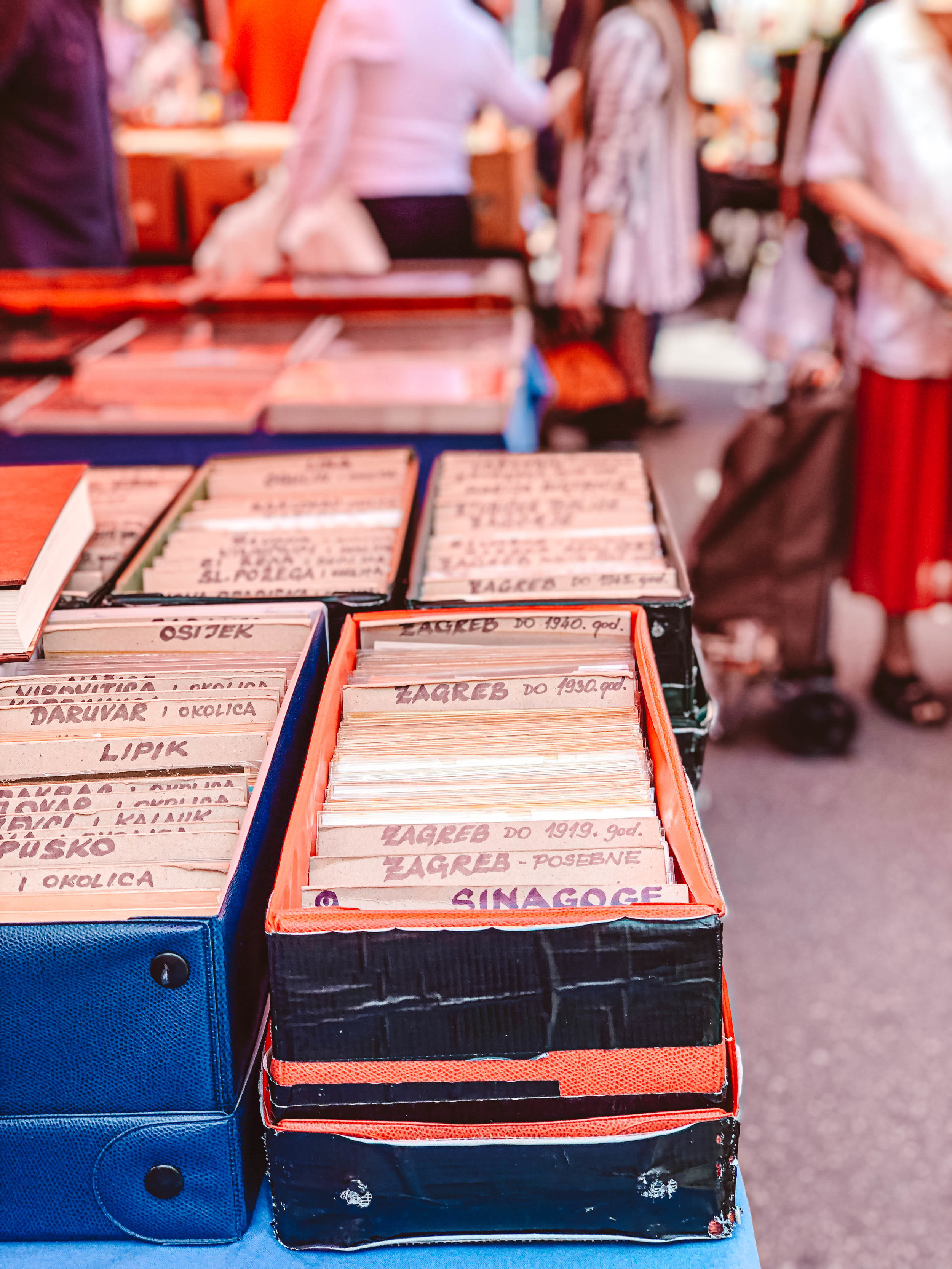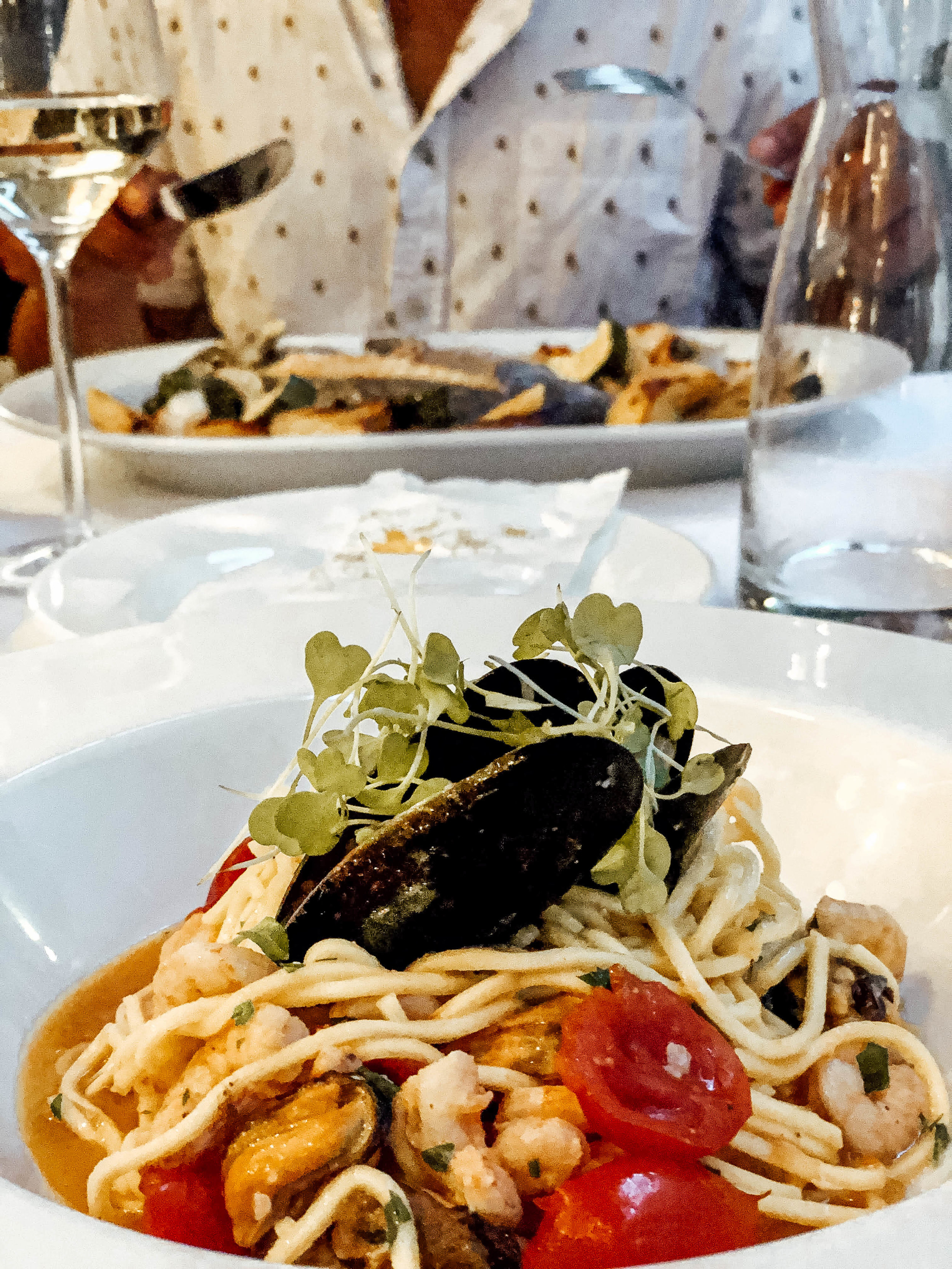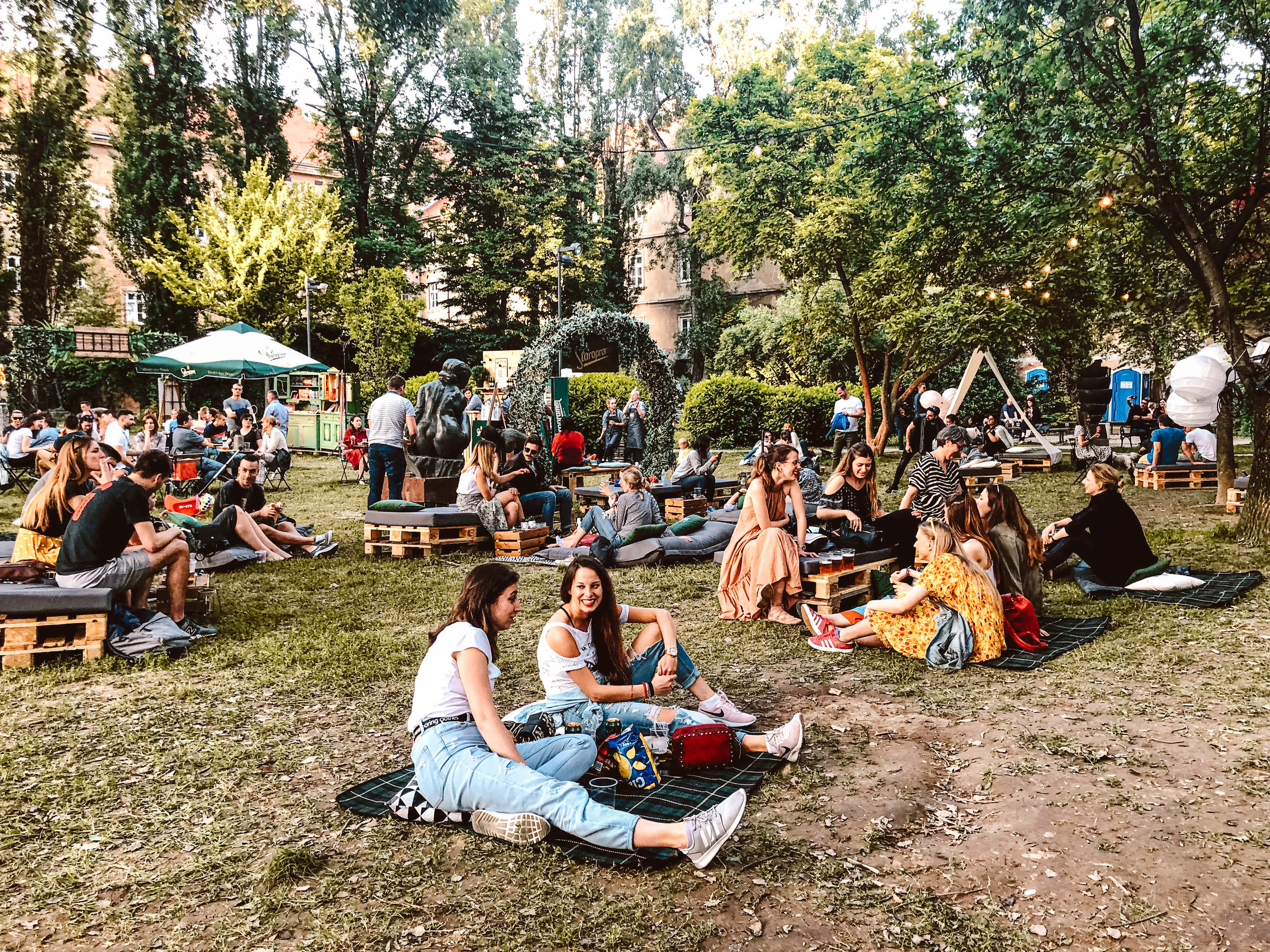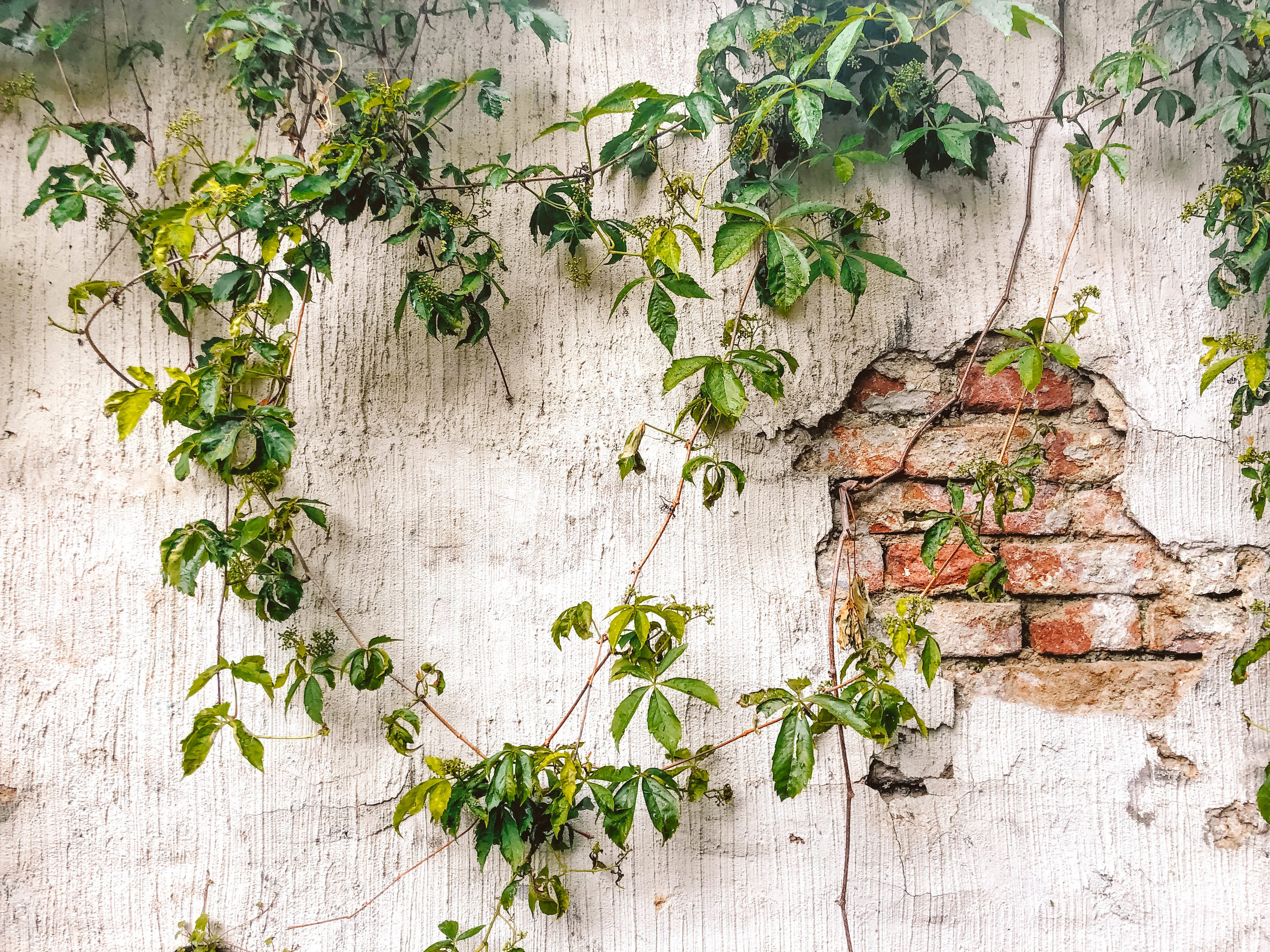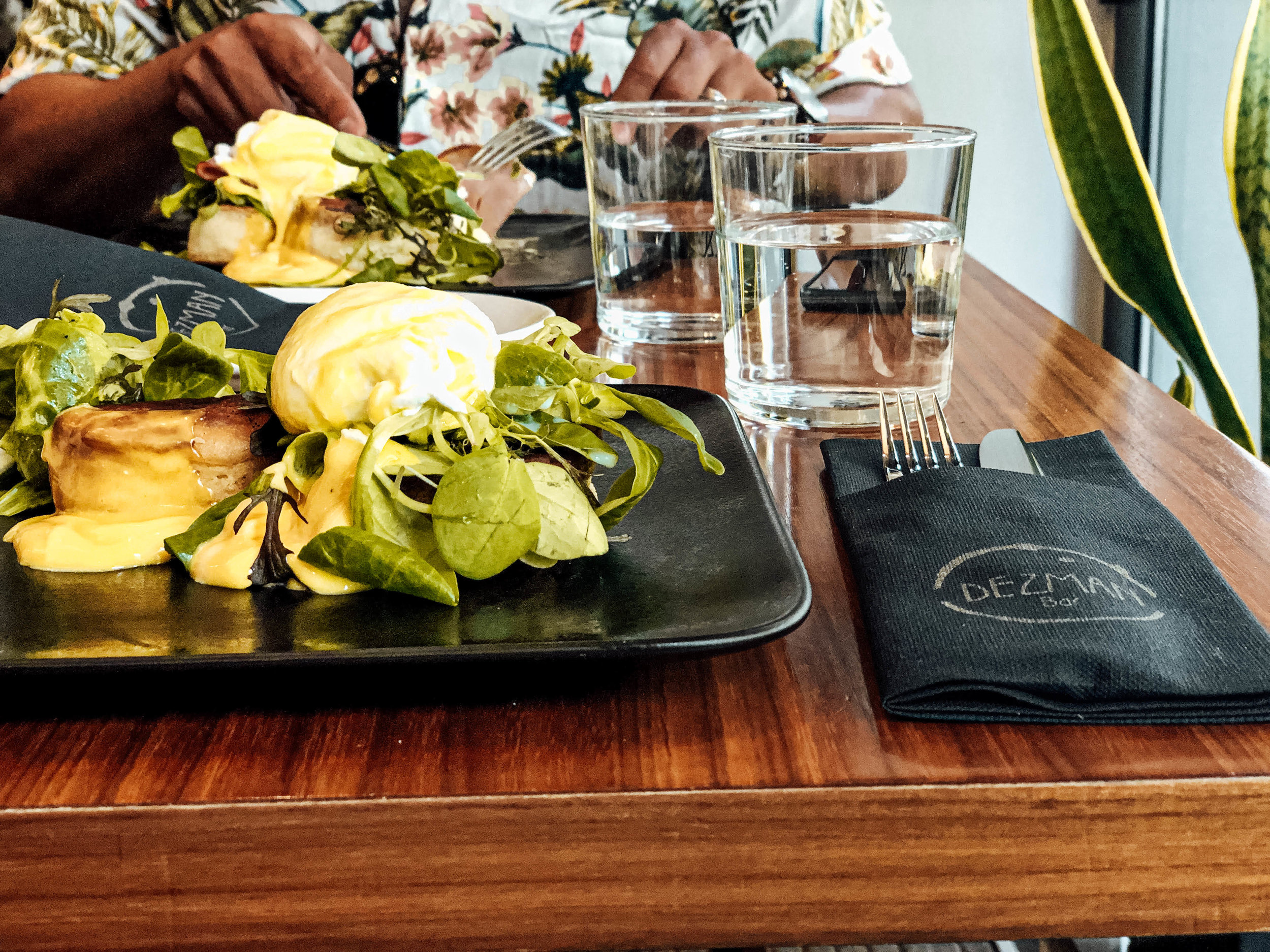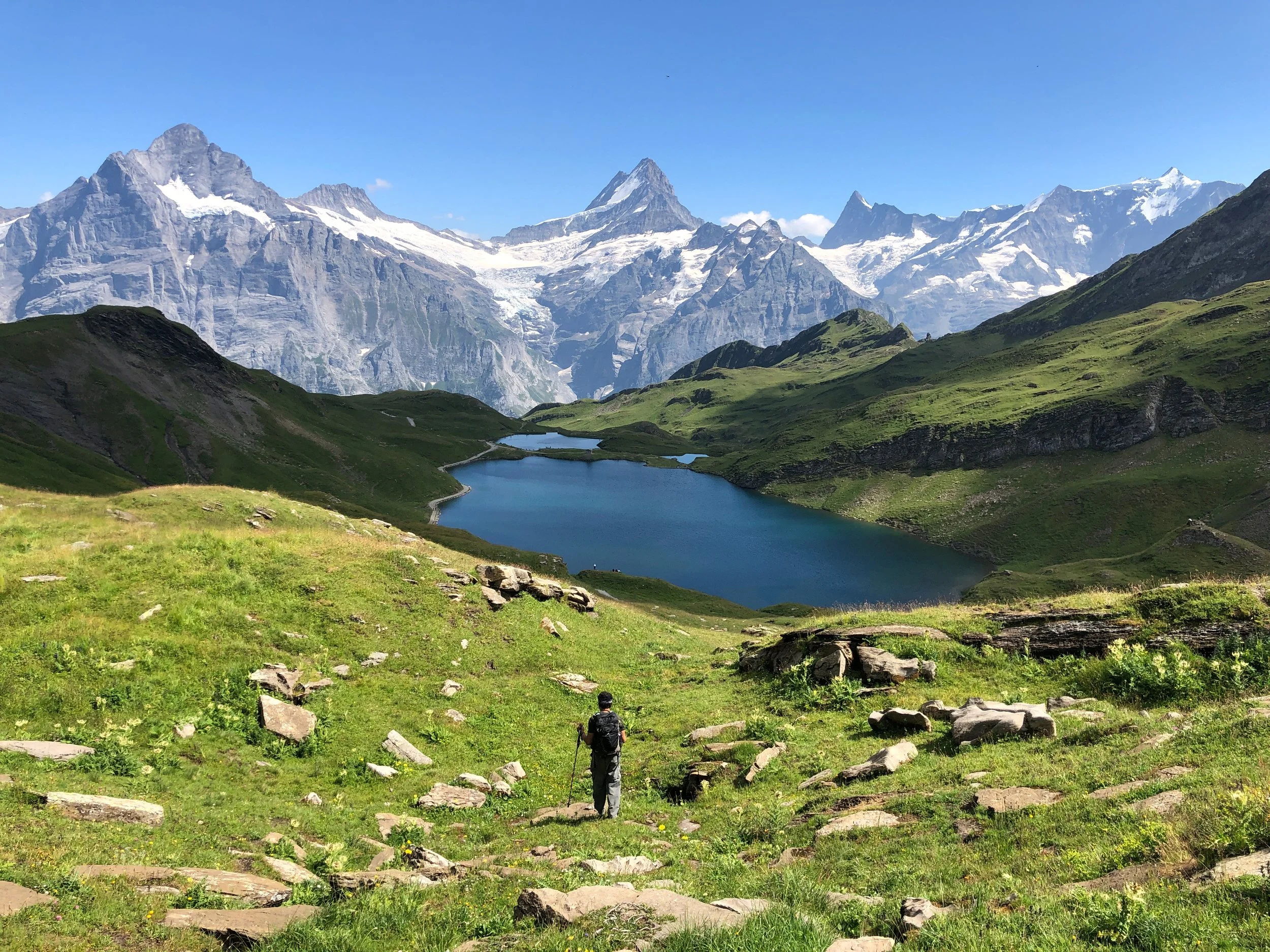Part 4 - City Tours: Split and Zagreb, Croatia
Yes, my friends. We have arrived. This is the final installment of the Great Croatian Roadtrip. Thanks for sticking with me until the end. Here we go!
Split
After a whole day spent running around exploring the nether regions of Krka National Park, Raunaq and I headed to Split. There is plenty to do in and around Split, but the evening we arrived, we had only two priorities: shower off all that waterfall sweat, and find some non-Croatian food.
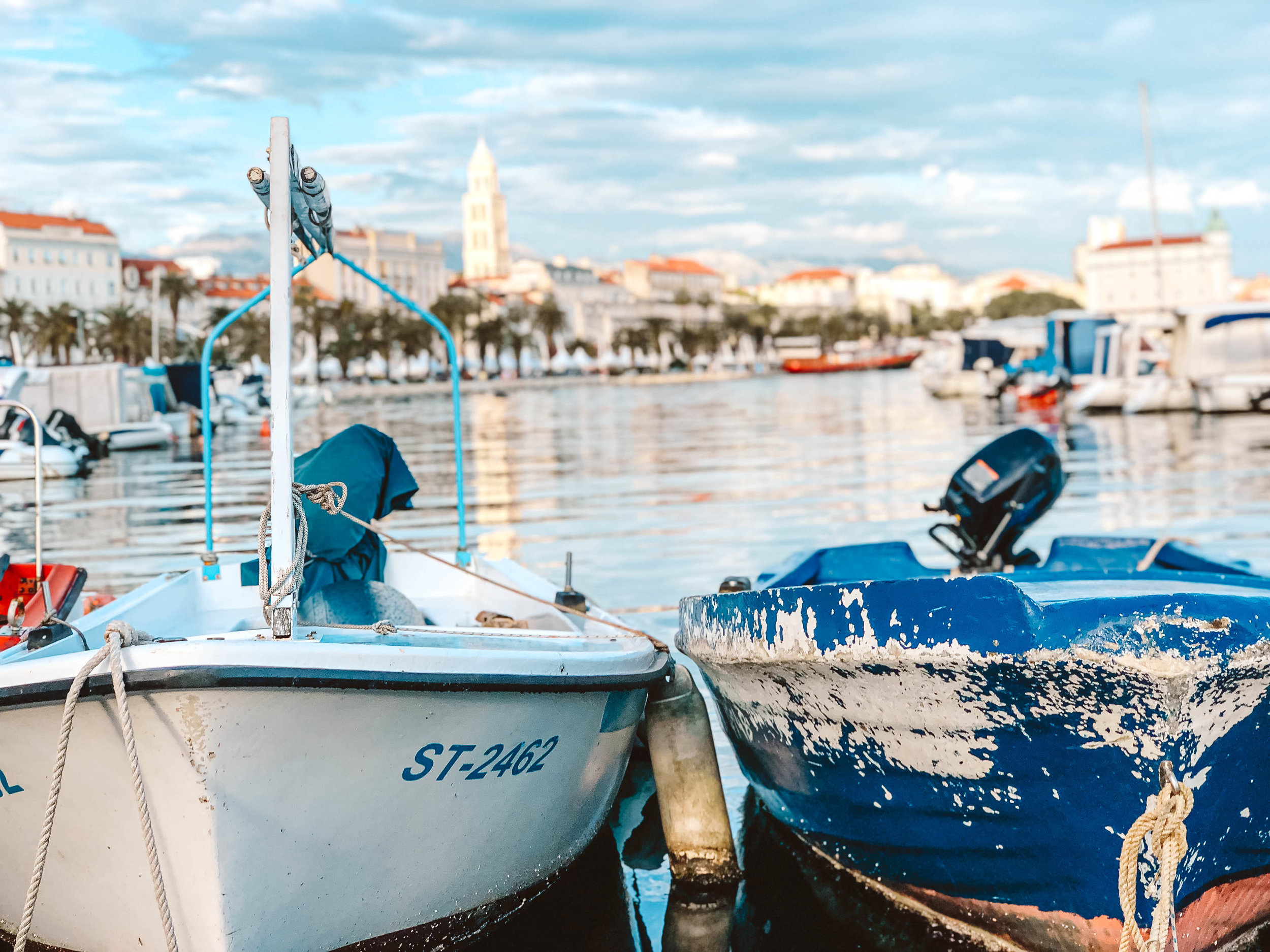
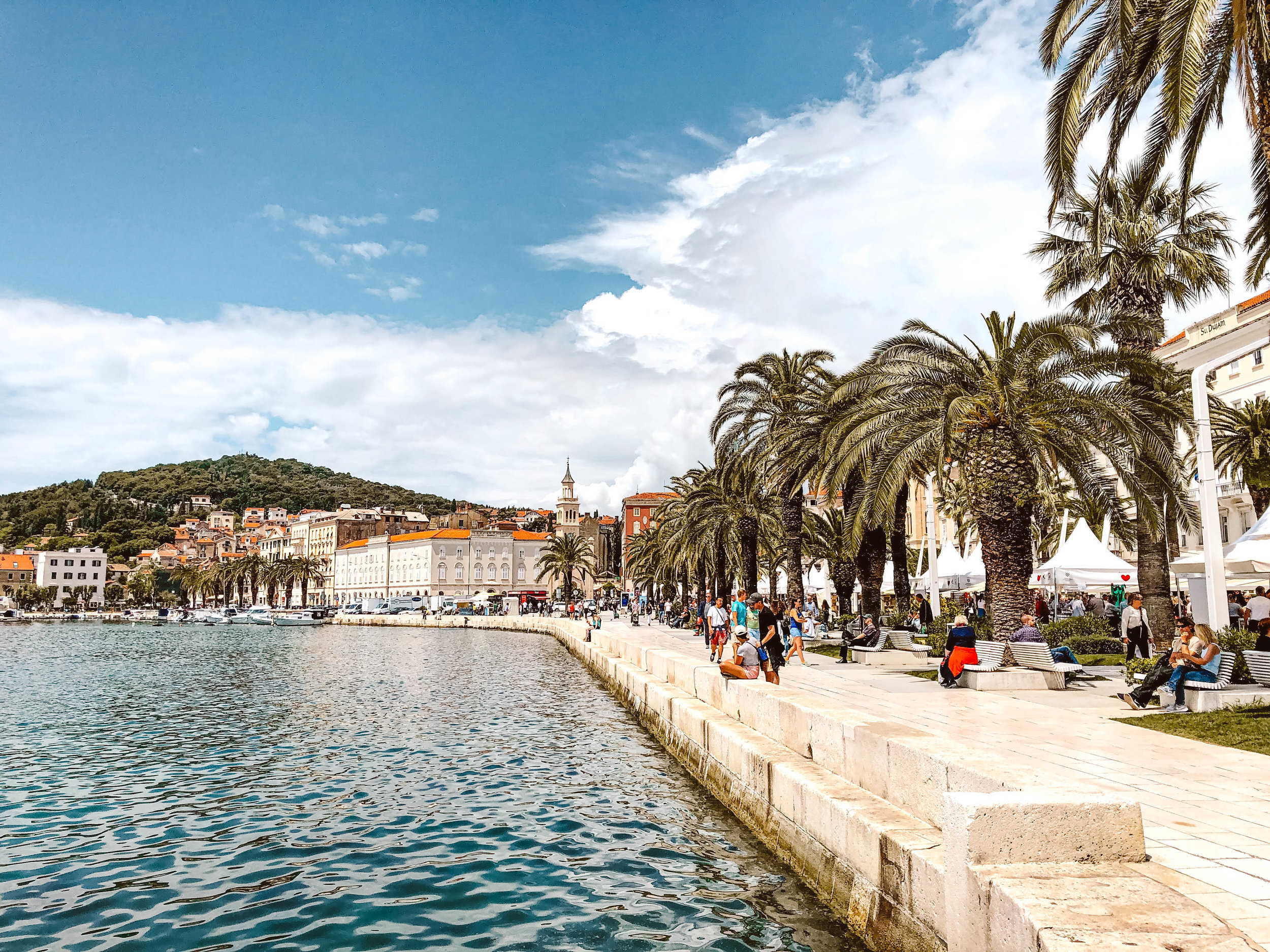
I know. Throughout this entire journey, we had been completely enamored with Croatian food. But as I have begrudgingly accepted in life, it’s true that you can have too much of a good thing. And as hungry as we were, neither of us could really handle another pasta dish, and I was just about done with struggling to break open scampi shells as big as my face. What we wanted was Asian food. If we are getting specific, I just really really wanted Henry Hunan’s special veggie fried rice and kung pao tofu with chili bean sauce. But since there is no Henry’s Hunan in Croatia, we opted for the next best thing: Biser Orijenta. It fit all the important requirements: In a strip mall? Check. Full of Chinese people? Check. Gruff waitress and super-fast service? Check check check. Everything I look for in a Chinese restaurant. And it was legit. Sometimes, a girl just needs a platter of something stir-fried and MSG-laden. Mmhm.
Along the way, we came across a peacock crossing the road. Leisurely strolling, his gleaming tail feathers dragging along, looking haughty as all hell. I’ve never seen a peacock stop traffic before, but every single car was forced to slow down and wait for this guy to meander across the street like he owned it. Turns out, there is a whole colony of wild peacocks living in this neighborhood of Split (near Gripe). This was initially very exciting! It became decidedly less exciting when we figured out that the terrible cawing waking us up in the morning were peacock calls. Peacocks may be outwardly beautiful, but that beauty does not extend to their vocal cords. Give me a rooster any day.
We were staying at an AirBnb just a five-minute walk from old town Split. The owner was this jolly old Croatian man who didn’t speak a lick of English, so we communicated through a Translate app. Technology is amazing. Maybe if I had this 8 years back, I wouldn’t have continued to get chicken feet in my soup in Peru. However, sometimes nothing beats good old-fashioned sign language, especially when backing in and out of his teeny-tiny driveway. I’m still not sure how the car managed to get in and out unscathed.
Diocletian’s Palace
I’ve been to my fair share of old towns. Every city in Europe has one. Split, though, takes old town to a whole new level. I knew that Split was famous for Diocletian’s Palace, the seaside residence of the Roman emperor, built in the 4th century and one of the best preserved monuments of ancient Roman architecture in the world.
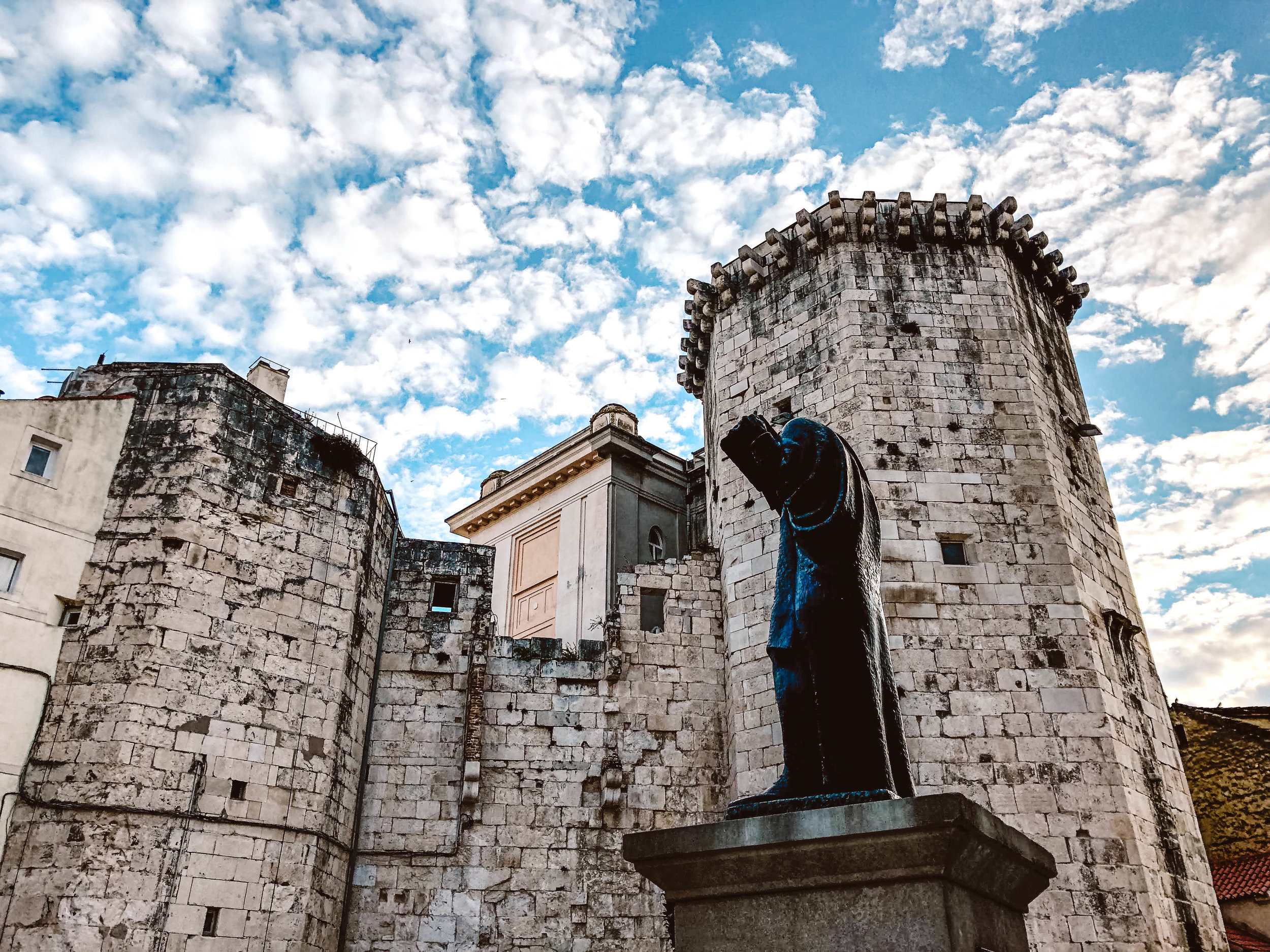
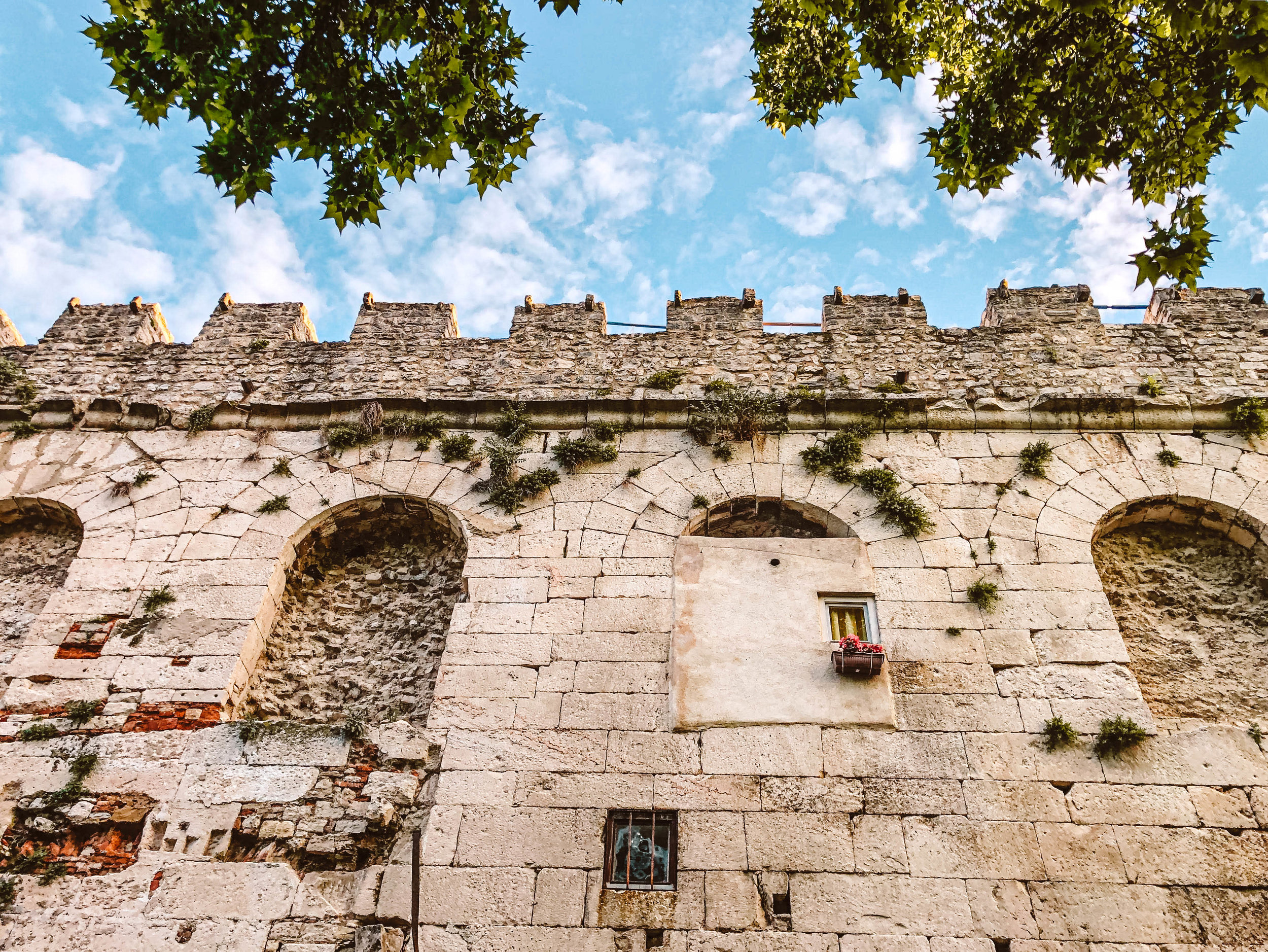
But it’s not an enclosed palace, or a museum. It’s the living breathing heart of the city. Diocletian’s palace has, in essence, become the old town of Split itself. It’s a very cool experience to enter through one of the four gates (Bronze Gate, Golden Gate, Silver Gate, Iron Gate), and feel, just a little bit, like you are passing through a portal to take you back thousands of years.
A labyrinth of shops and restaurants and bars are built right into the ancient fortress walls, piled together among the winding marble streets. It’s easy to get lost in the narrow passageways, sometimes reaching a dead end, other times spilling out into a small hidden garden. We once found ourselves walking in circles, and came across the same bar three times before we decided it was the universe telling us to stop for an afternoon drink.
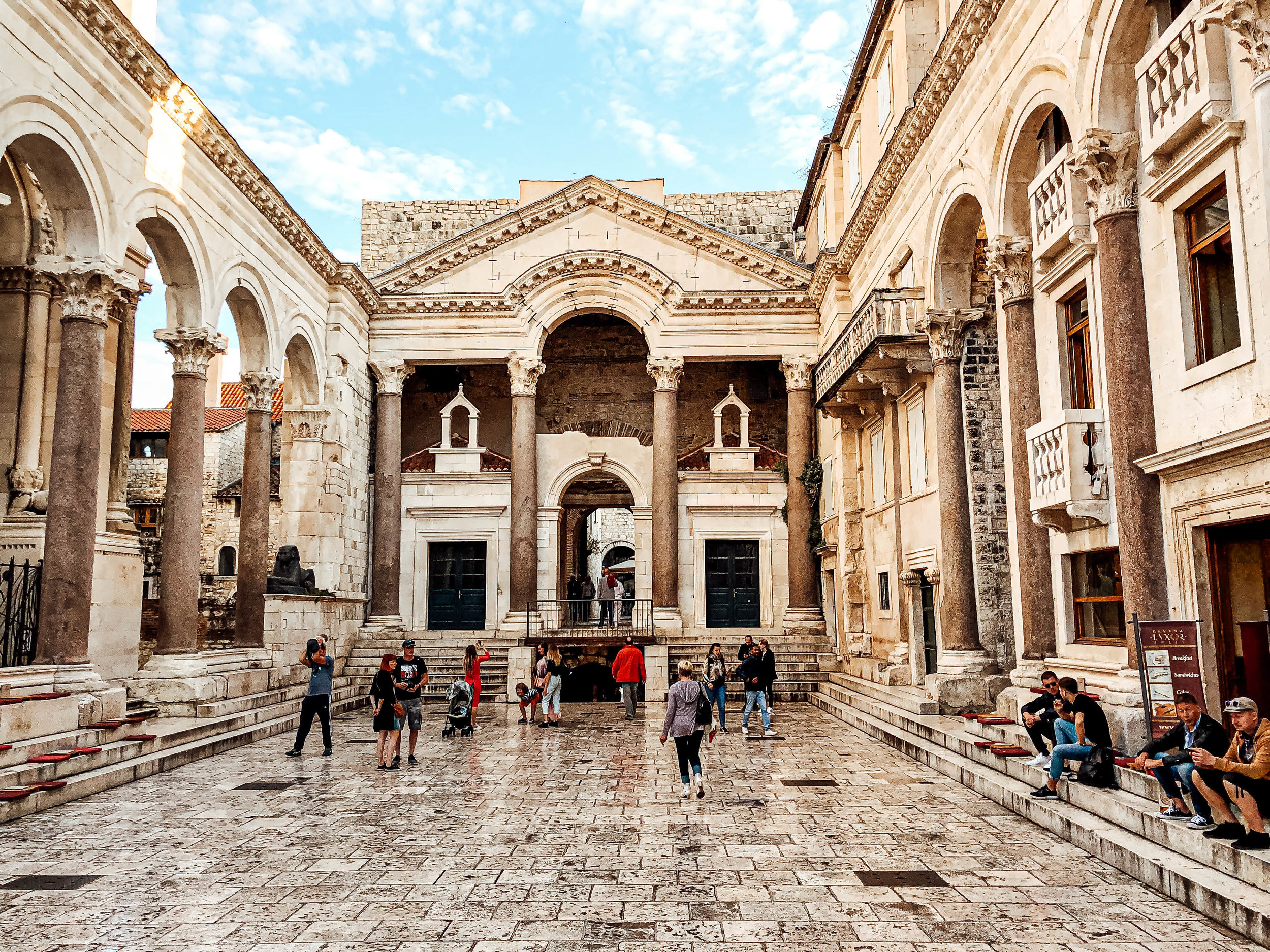
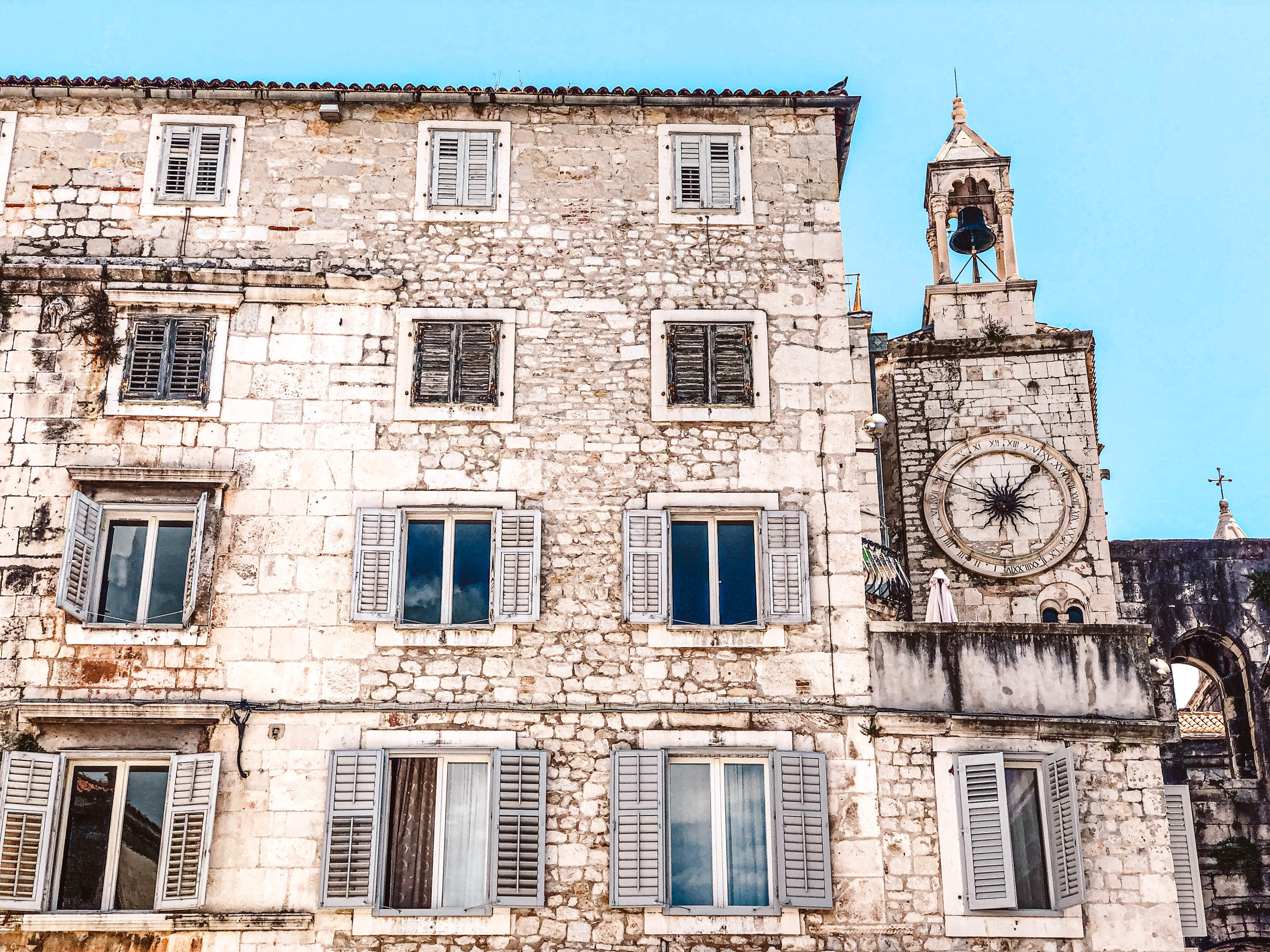
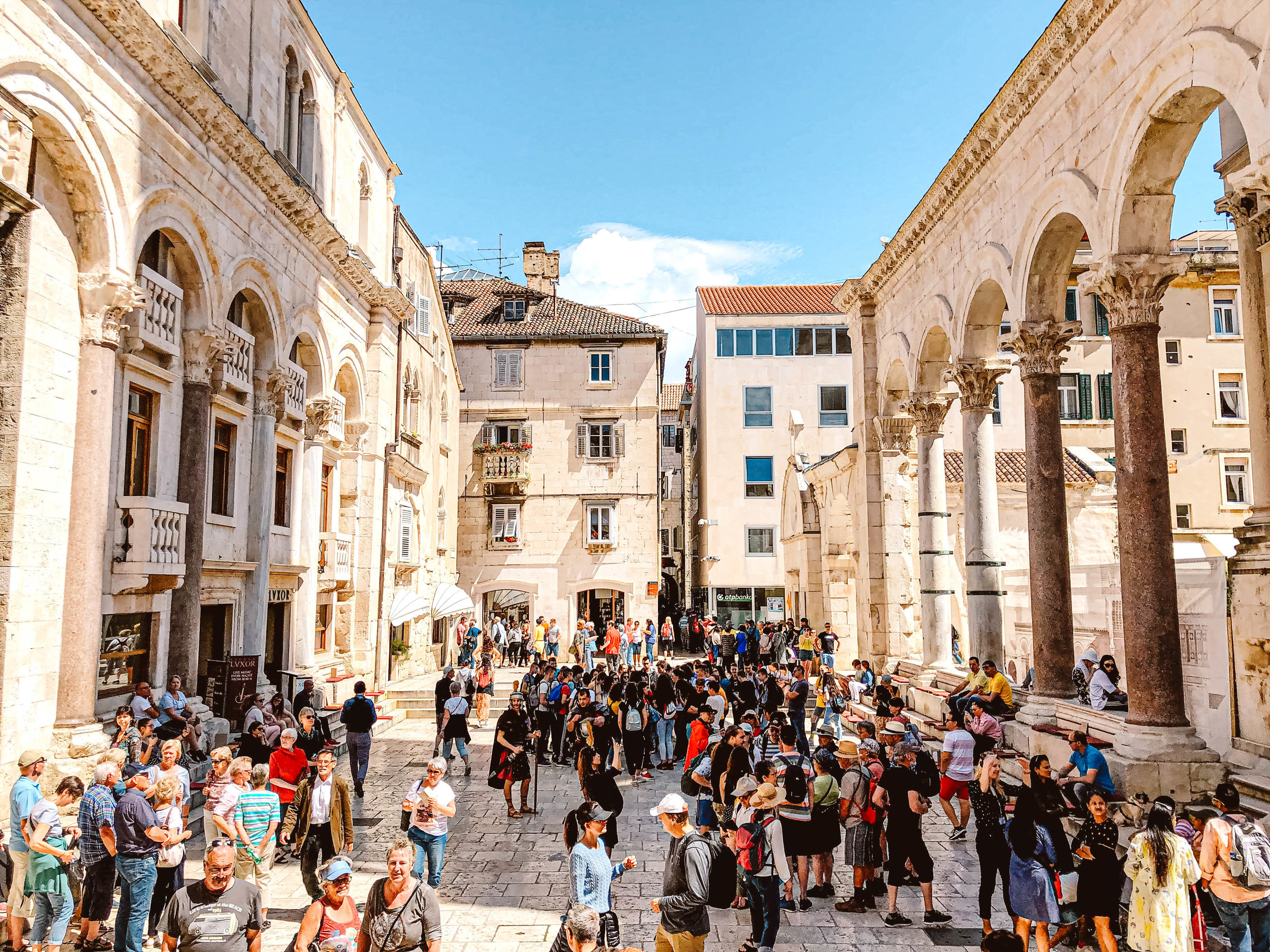
My favorite place in the palace was the Peristil, even though it was also the most popular with tourists. We got approached by tour touts no less than 5 times in 10 minutes. The Peristil was once Diocletian’s grand entrance court, lined with granite columns and arches. Beyond the Peristil is the Vestibule, a cavernous domed room that opens up to the sky. Legend has it that Diocletian was so paranoid about being murdered in his sleep that he slept in different rooms every night, in the sleeping quarters past the Vestibule. Any potential assassin would have to pass through the space, and thanks to the great acoustics, the sound and echo would warn the emperor and guards. Today, it’s used for impromptu klapa a cappella concerts.
In Split, the cruise crowds are out in full force. It’s by far the most touristic of all the cities we visited on this trip. There is really no avoiding the hordes. For some reason though, this wasn’t as much as an affront as it was in Zadar. Maybe because we were used to it by then? In any case, it’s crowded, but also easy enough to slip away and find a local bar or restaurant. We even managed to find a place serving local IPAs on tap.
Brac and Brela
Brac, Bol and Zlatni Rat
Our second day in Split was not in Split at all. We spent the day on Brac Island (Otok Brac), at the famous tongue-shaped beach of Zlatni Rat. It’s the most photographed beach in all of Croatia, and while I’m not sure it’s significantly prettier than any other part of the Dalmatian coast, it is certainly the most uniquely shaped. From the town of Bol, Zlatni Rat extends out from a small forest of pine trees, gently tapering off into a sharp point 500 meters into the Adriatic Sea.
The beach is white and pebbly, the waters all the colors of blue and turquoise you can imagine. Bol is famous for its wind-surfing, so expect that accompanying wind, too. One side of the beach (the left side, facing the ocean) is significantly windier than the other. It took me a few hours of shivering under my sarong whenever a cloud passed in front of the sun to realize that the other side of the beach was **much** calmer. I may not always like to follow the crowds, but sometimes, they have the right idea. We joined the busier, warmer right side for the rest of the afternoon.
After, we drove up to Vidova Gora, the highest point in the Adriatic. It feels like all of Croatia spills out before you: the beaches, the islands, the rocky cliffsides, all of it. It’s possible to hike, but we were feeling far to lazy and sun-drunk to attempt. In summer, I would recommend hiking up in to Vidova Gora in morning, and then cooling off at Zlatni Rat after.
Brela
Day three we departed Split, bound for Plitvice National Park. But first, we decided to head even further south down the Dalmatian coast. Brela was out of the way (actually, not even on the way at all. Plitvice was in the exact opposite direction), but neither Raunaq or I were ready to say goodbye to the coastline just yet. So we spent the day driving down the Dalmatian coast, pulling over and hopping out so often I’m surprised we ever got to Brela at all.
The coastal highway is windy, and every time we turned a corner the ocean looked even more beautiful. The rocky cliffs of the mountains were covered in sun-drenched vegetation, burnt orange brush and bright yellow wildflowers and deep purple grasses. I have an inordinate number of nearly identical photos on my phone, pictures that simply couldn’t capture all the subtle gradients and color shifts. Was Brela and Punta Rata beach completely out of the way? Yes. Was it worth the drive? Abso-freaking-lutely.
There were lots of things to love about our time around Split - Diocletian's palace, the twists of the ancient streets, the crazy cats and crazier peacocks, the beautiful bay, the neighboring islands, the magnetic pull of the Adriatic Sea. But my favorite moment had nothing to do with any of that. Raunaq and I had just ventured back out into the old town one afternoon, books and beers in hand. We planned to sit by the waterfront and while away the rest of the day until dinner. And just as we cracked the cans, the sky darkened and opened up into a torrential downpour.
Of all places, we found quick shelter nearby on the steps of a convent, hiding our drinks behind our backs so the nuns wouldn’t see as we huddled under the entrance arch. An older Croatian man joined us, carrying a shopping bag and a can of Coke. The three of us sat and read and drank and waited out the storm, maybe not understanding each other’s language, but understanding each other nonetheless. It’s sharing small moments with strangers, like this one, that leave me feeling more connected than ever.
Zagreb
And finally, after an incredible day chasing waterfalls in Plitvice and one very minor and very unnecessary fender bender (not our fault!), we arrived in Zagreb. The final destination! And I loved everything about Zagreb.
Where there’s smoke
With the exception of one huge thing. Something I didn’t touch on in any of my previous Croatia posts. I suppose I’m bringing it up here because, while this thing is true throughout all of Croatia, I noticed it the most in Zagreb: Smoking inside is legal. And everyone smokes. It’s terrible. Yes, I realize that this is Europe, where smoking isn’t a taboo thing like it is in the States. Hell, there are ashtrays in the playgrounds in Switzerland. But in most other countries, you at least have to smoke outside. I felt like I had transported back to the 1950s. All of the bars were so smoky that my eyes would get watery and burn.
But I will admit, that while I did wish that those dark smoky bars were a lot less smoky, it did creating an alluring vibe: the dim lighting and the mirrored Art Deco walls and chipped black-and-white tiled floor and the marble tables and the boho-intellectual crowd chain-smoking cigarettes. Zagreb, you are so smokey, but also, pretty cool.
Cool, and most unexpected. Zagreb is beautiful, but slightly rough around the edges. Just the way I like my cities. Eastern European-style architecture mixed with communist-era structures with graffiti and intricate street art thrown in for good measure. There’s a creative, artsy energy that is palpable, and meshes perfectly with all of the galleries, theaters, and strong cafe culture. Smoking, drinking, strolling, chatting seems to be the way of everyday life. Zagreb is one of those places that is both stuck in time and completely modern.
The main areas of the city are split into the Upper Town and Lower Town, connected with a short funicular. Upper Town is the oldest part of Zagreb, that houses many of the landmark buildings and churches from earlier centuries. We wandered around this area but didn’t go into many buildings or museums, save for the Museum of Broken Relationships and St. Stephen’s cathedral. The cathedral was breath-taking, not only because of the beautiful Gothic architecture but because of the live organ music. Dark, haunting tones flowed from all 6,000 brass pipes of the impressive Zagreb Organ, swelling throughout the entire basilica and filling the space with an unearthly, medieval feeling. We time-traveled straight back to the 13th century.
Museum of Broken Relationships
There are heaps of museums throughout Zagreb, but this one is certainly unique. The Museum of Broken Relationships a quirky and heartfelt museum dedicated to the demise of a relationship, with mementos donated by people all over the world. What remains after a relationship ends, and what does it represent? What I loved most was that it was about all types of relationships that ended in all sorts of ways. Romantic relationships, relationships with family, relationships with yourself. Some were petty and hilarious, others heartbreaking or reflective, all cathartic in some form. Relationships spanning a few weeks, or 50 years.
Each item was accompanied by the age, location and brief story of the item. This was the only museum I can think of where I lingered to read every single placard. You can’t help but think what you personally would donate to such a place. The whole idea was just so relatable, and so human.
A few favorites: two lace bras from a breast cancer survivor not yet understanding her new body after a mastectomy, red rubber cleaning gloves from a Korean woman finally moving out from her in-laws house (and out from under their thumb), a recently unearthed recording of a father saying “I love you” from decades ago, and a small white toaster. “When I moved out, and across the country, I took the toaster. That’ll show you. How are you going to toast anything now?”
The Witches of Zagreb
On night during dinner, a group led by a woman clad in a black cloak and pointed witches hat, strolled by. Coming from San Francisco, it takes more than a person dressed like one of the Sanderson sisters from Hocus Pocus to surprise us, so we just sort of laughed and carried on eating. But the next day, when we had lunch at a place called “Bistro Vjestica” (The Witch Cafe), I figured there must be something more to this story. And there was!
Three centuries before the Salem witch trials, authorities in Zagreb were finding and “pacifying” women accused of dark magic and witchcraft. It often took as little as socializing with other women unsupervised (the horror!) for someone to get accused of witchcraft. Other suspicious conditions included being poor, having a fallout with an acquaintance, displaying signs of stubborn behavior, being too young or too old, being successful, rejecting suitors, or simply, of course, being a woman.
Once accused, the women were forced to pass different nonsensical and increasingly torturous tests: The weighing test - a witch must be lightweight to be able to fly, therefore, having a slender build led to a guilty verdict; The crying test - if you were unable to produce a display of emotion, such as crying, on command, it could mean you were a witch; The nose test - the torturer would hit a woman on the nose, and deduce if they were a witch based on the color of their blood. More than 200 people were killed for their alleged black magic in Zagreb. It wasn’t until Austrian Empress Maria Theresa passed an act in the 1750s that this practice was stopped. So today, the old region of Zagreb pays tribute to the dark period of witch hunting, and moreover, the condemnation of women in European society.
Oh, and I looked up that witch tour and it seems pretty insane. Supposedly during the 90-minute tour, a real witch will provide each attendee with a recipe for a certain type of potion, use a magical stone to call forward spirits of old witches and tell fortunes and futures. Not my thing, but hey, you do you!
Nothing seems to slip by faster than those last precious hours of vacation. Zagreb was no exception. We stumbled across a summer garden party in a small park next to our Airbnb with live music and cheap beers, visited a huge antiques market in the middle of Lower town, drank delicious coffee, ate delicious food, found an entire museum dedicated to Naive art, and bought a surprising amount of salt to take home. We will be garnishing all of our dishes with Croatian truffle salt for years to come! And then, it was time to go. We packed up our suitcases, dropped off the car, and said goodbye to this gem of a country.
There’s no such thing as a perfect trip or itinerary. Maybe we didn’t need that extra day in Zadar or Split. Maybe we could have made it to Dubrovnik after all, if we had really tried. Maybe I did need a day to hide from the rain and drink corner-store wine at home. But honestly - I think we got pretty close.
Croatia: thank you for being so welcoming, so utterly delicious, so chock full of history, so chock full of cats, so mind-blowingly beautiful and so completely unforgettable. The Great Croatian road trip - complete.
More about the Great Croatian Road Trip:
Part 1 - Truffles in Tiny Towns: Istria, Croatia
Part 2 - Saluting the Sun: Kvarner Coast and Zadar, Croatia
Part 3 - Chasing Waterfalls: Krka and Plitvice National Parks, Croatia
Itinerary:
Day 11: Split
Day 12: Split → Brac Island → Split
Day 13: Split → Brela → Plitvice
Day 14: Plitvice → Zagreb
Day 15: Zagreb
Day 16: Zagreb → Home!


